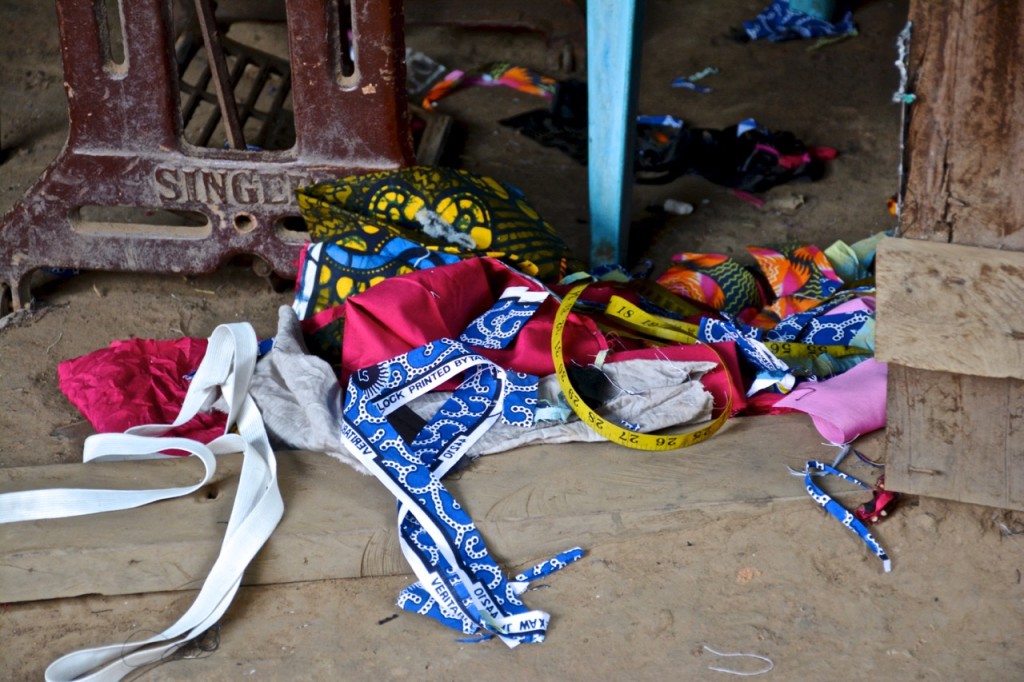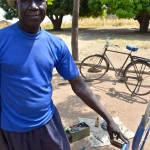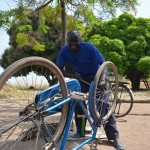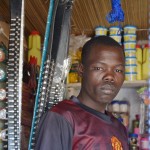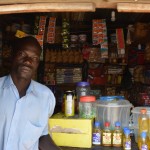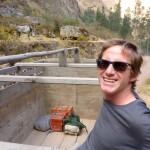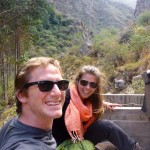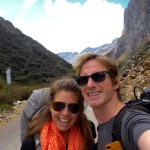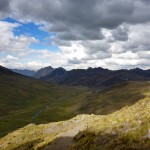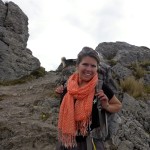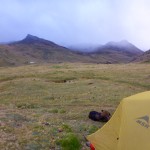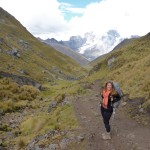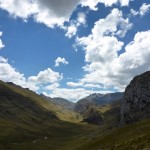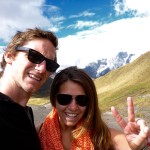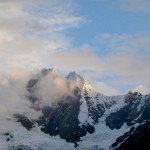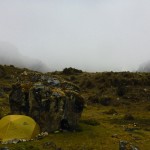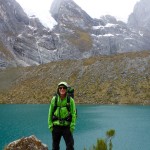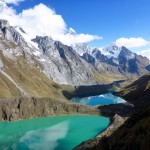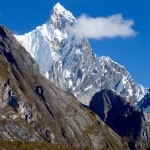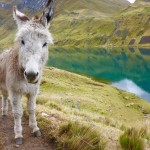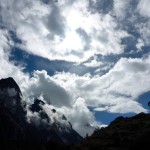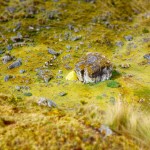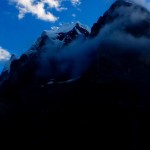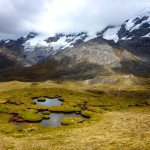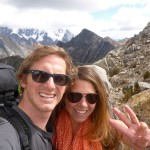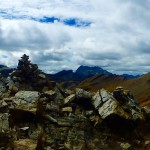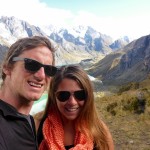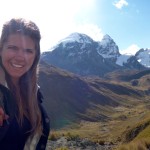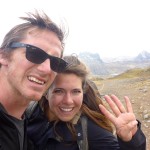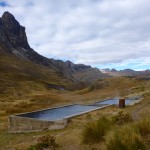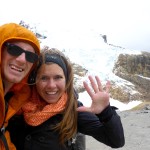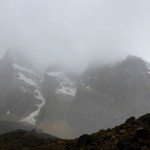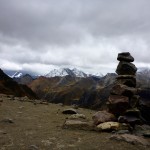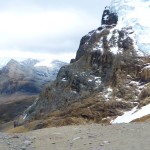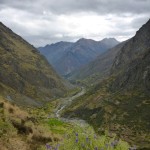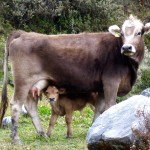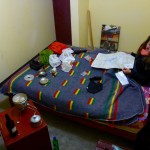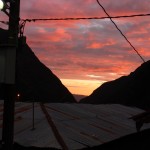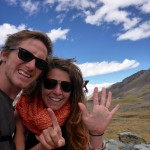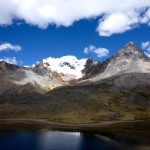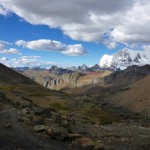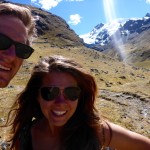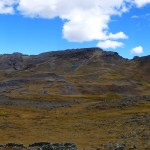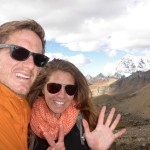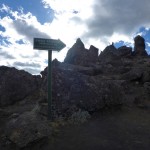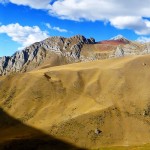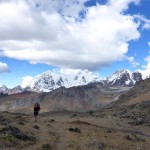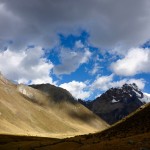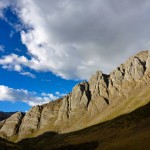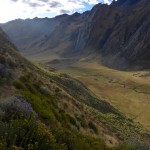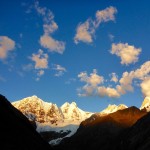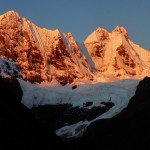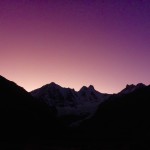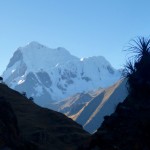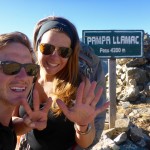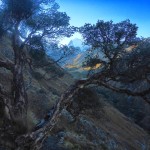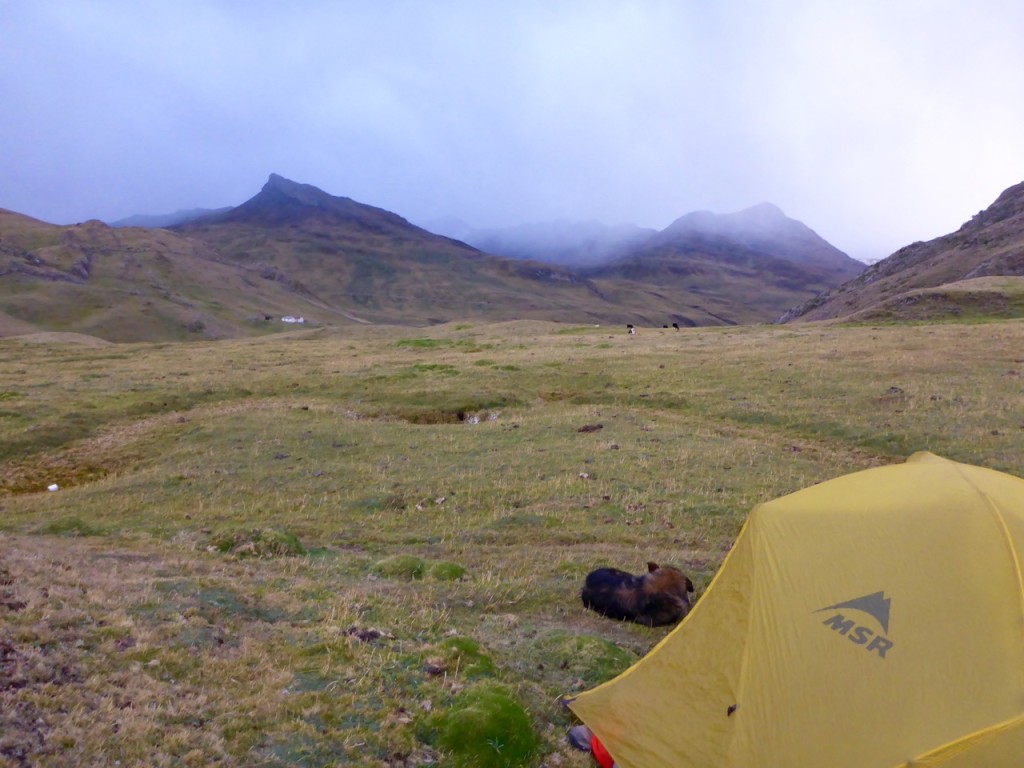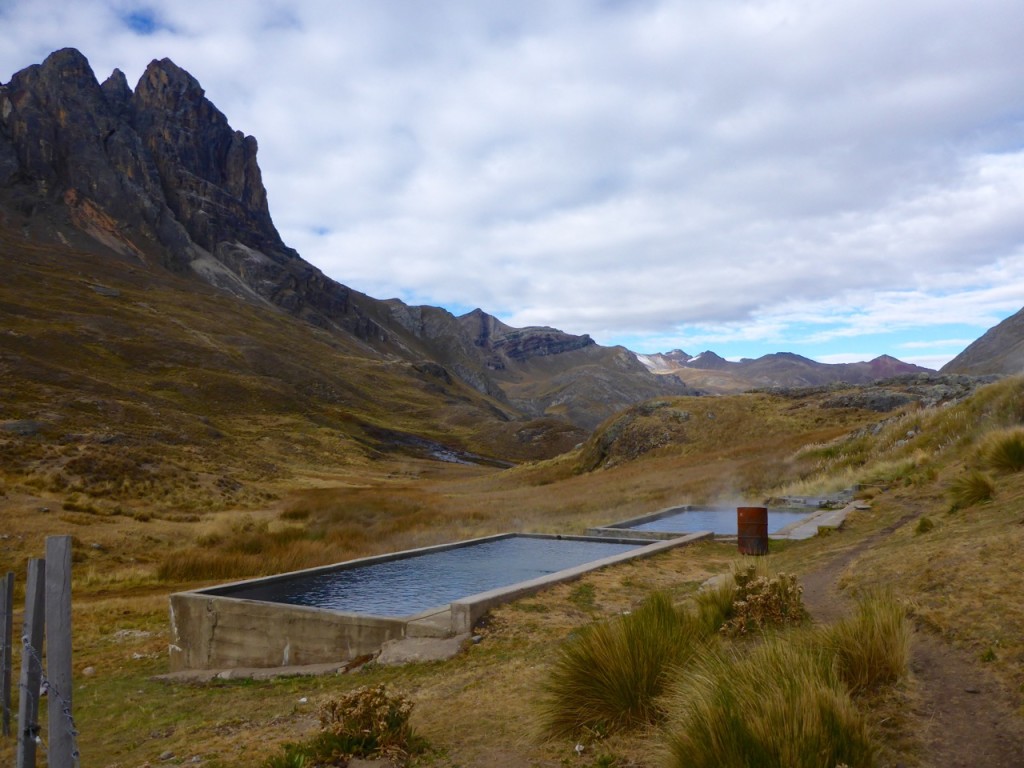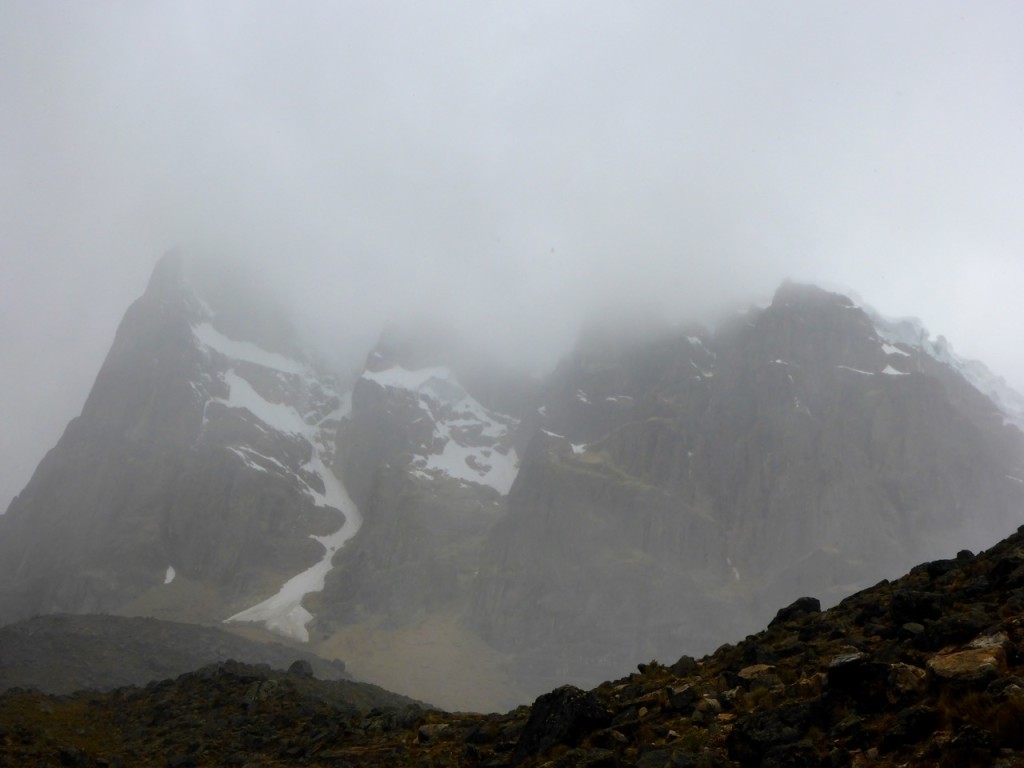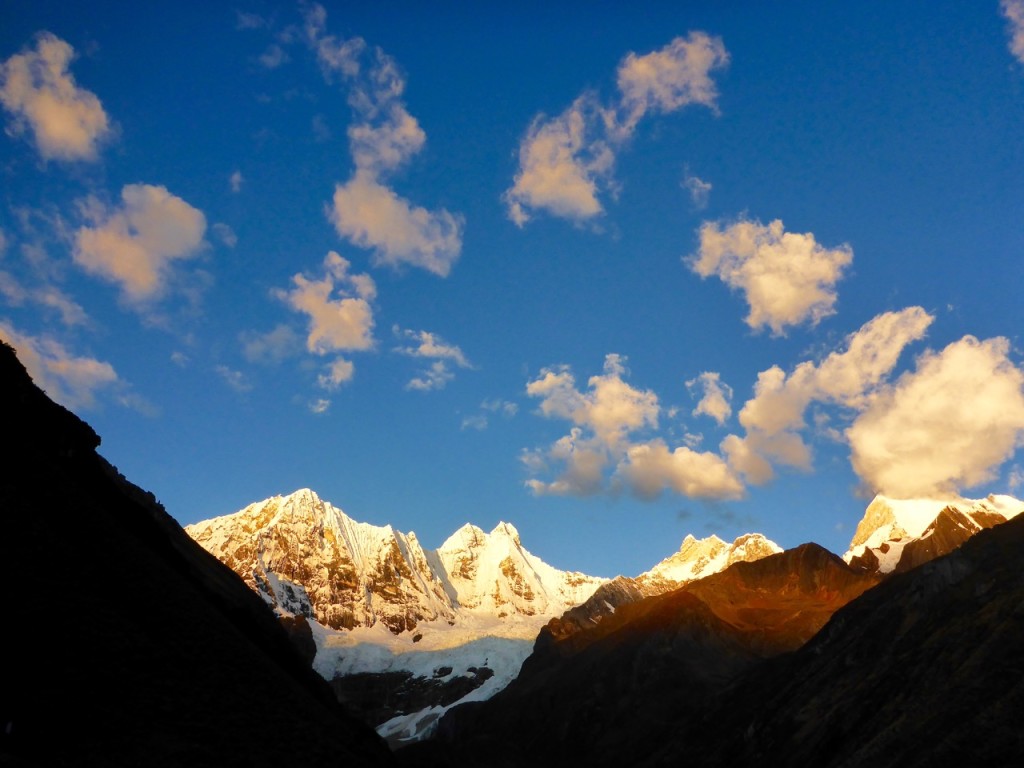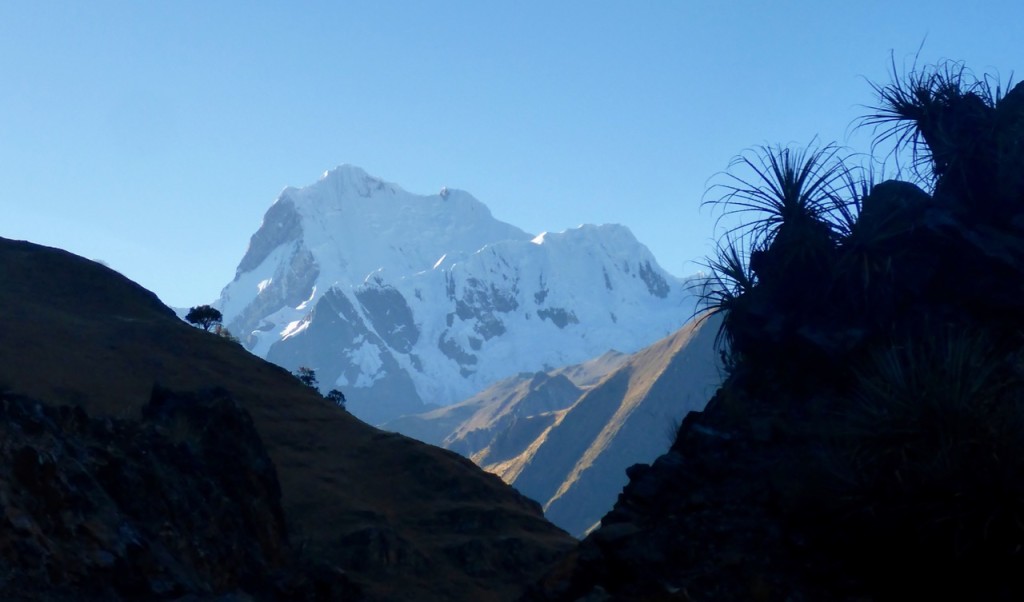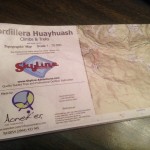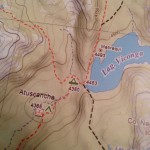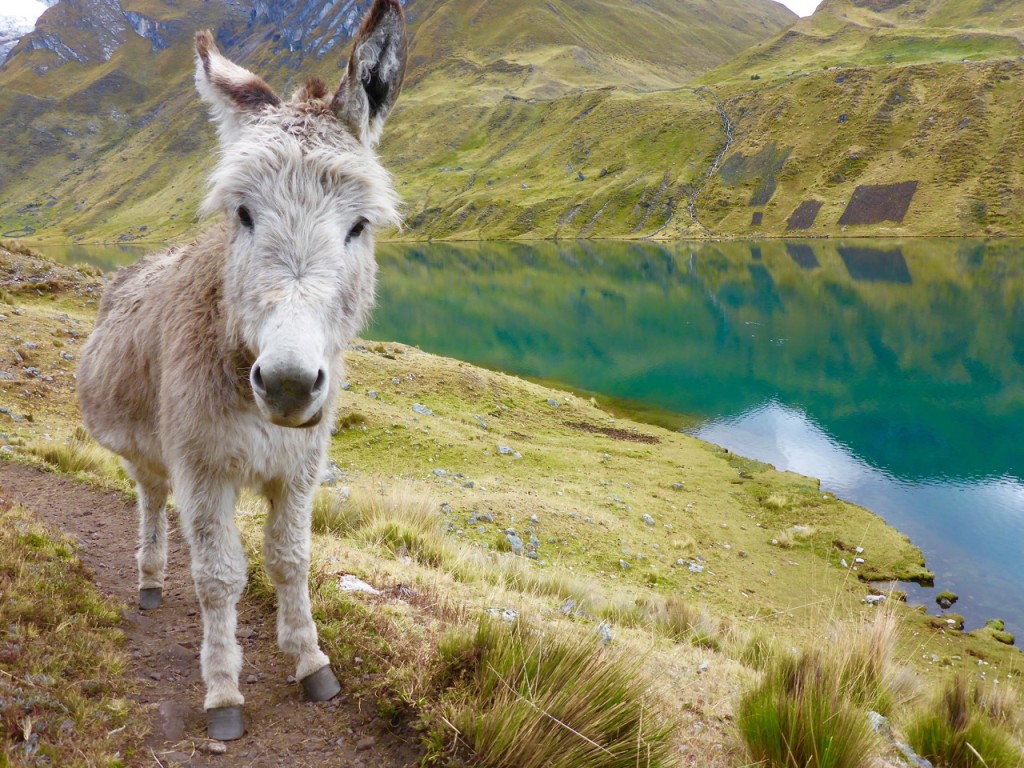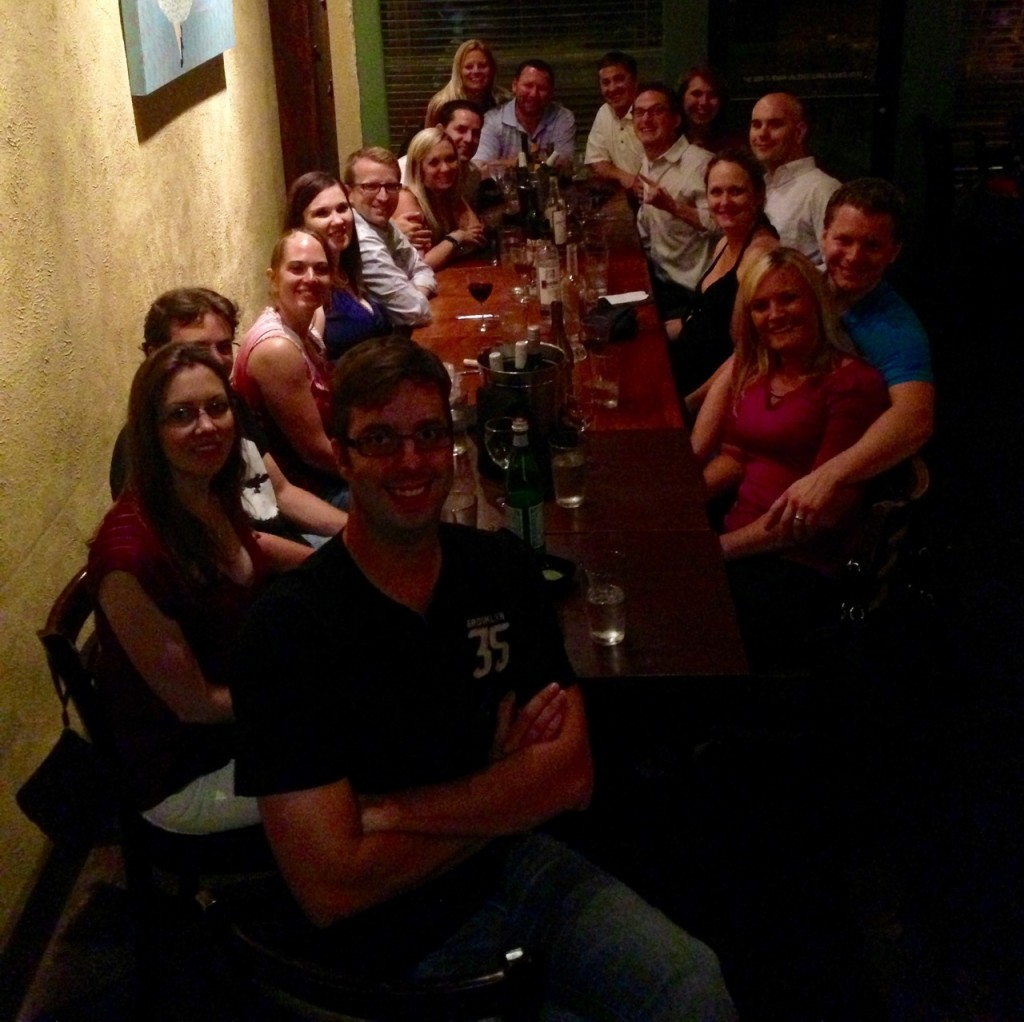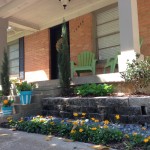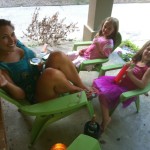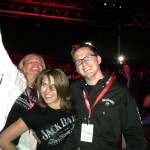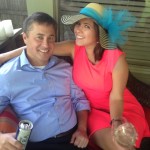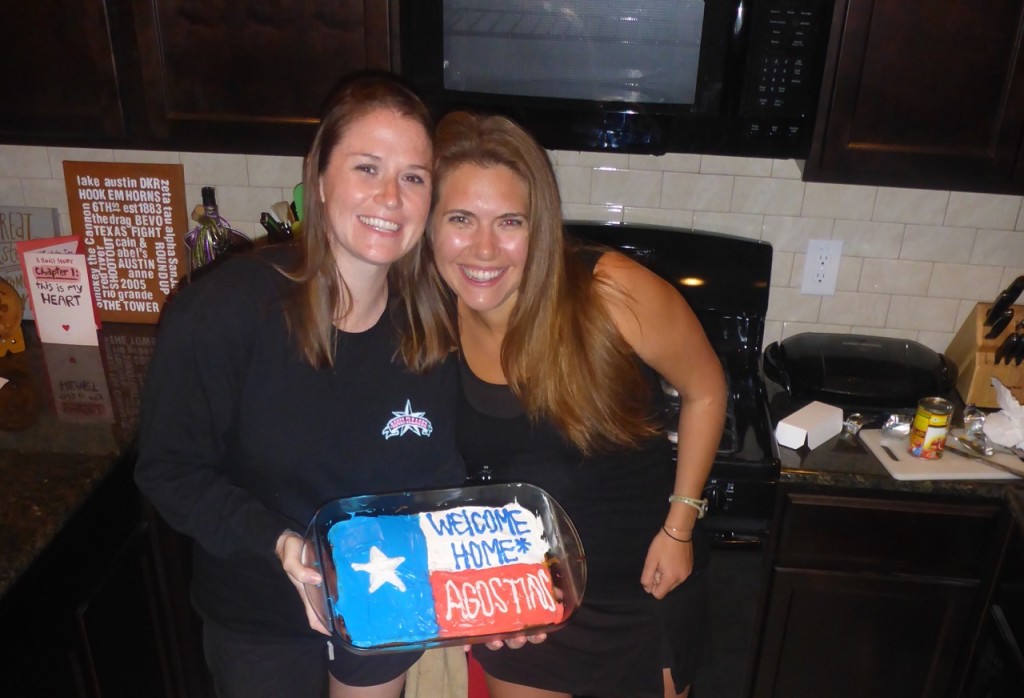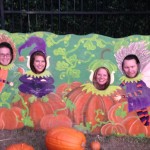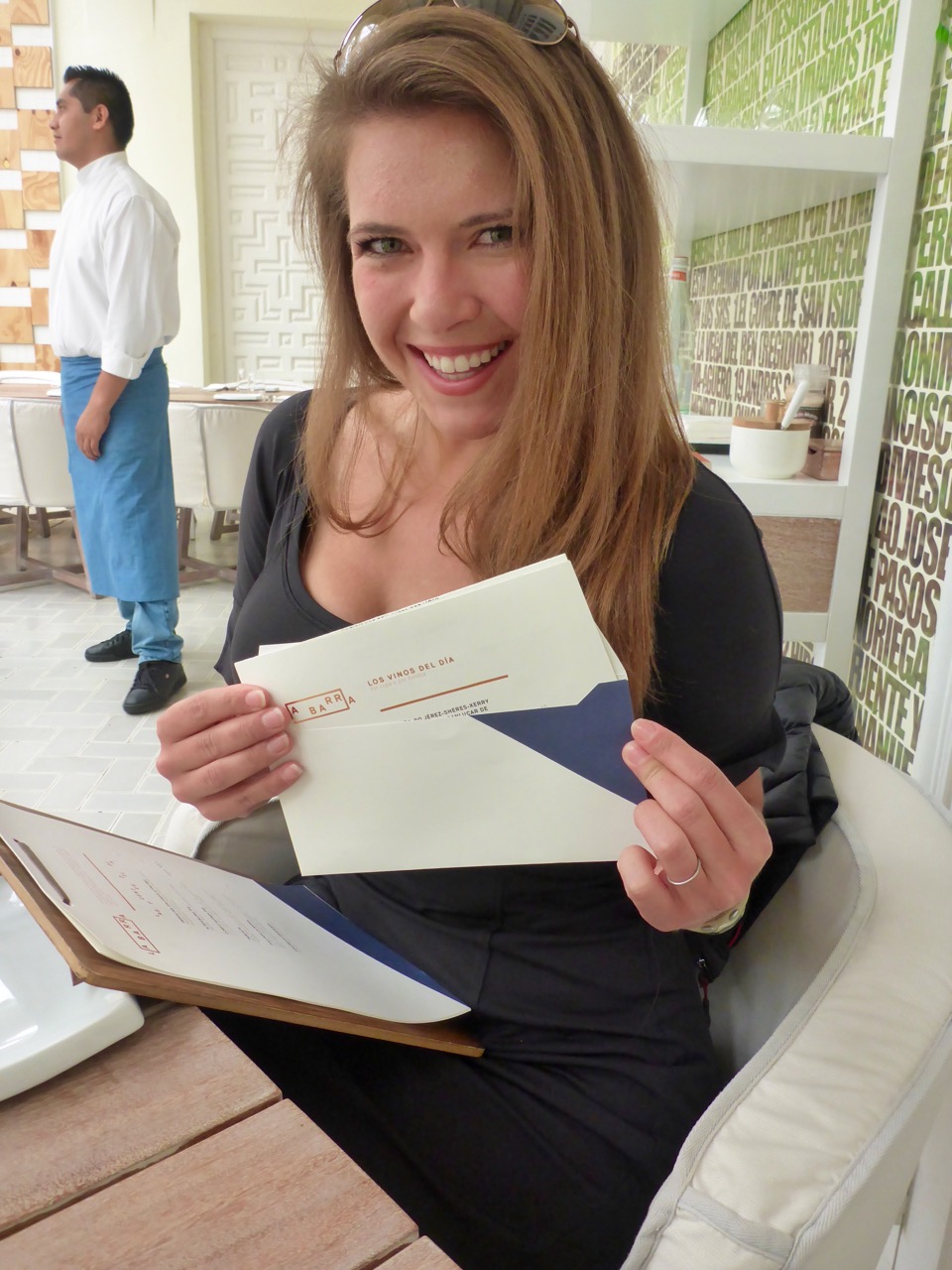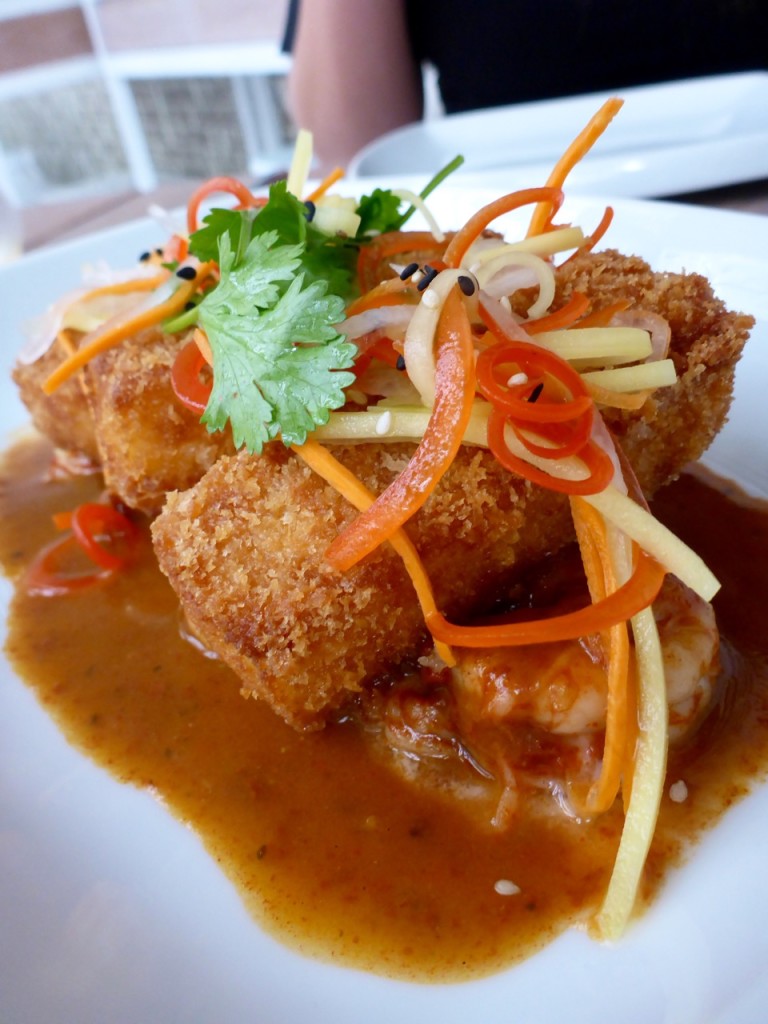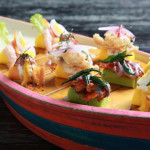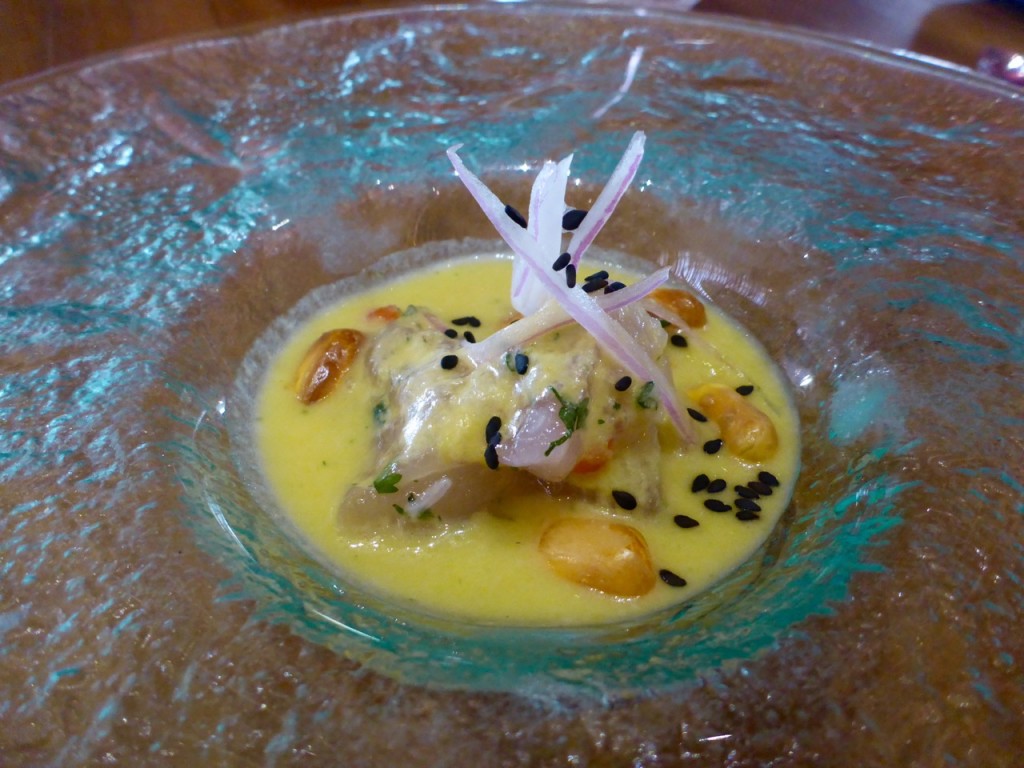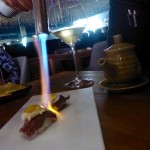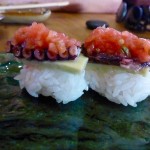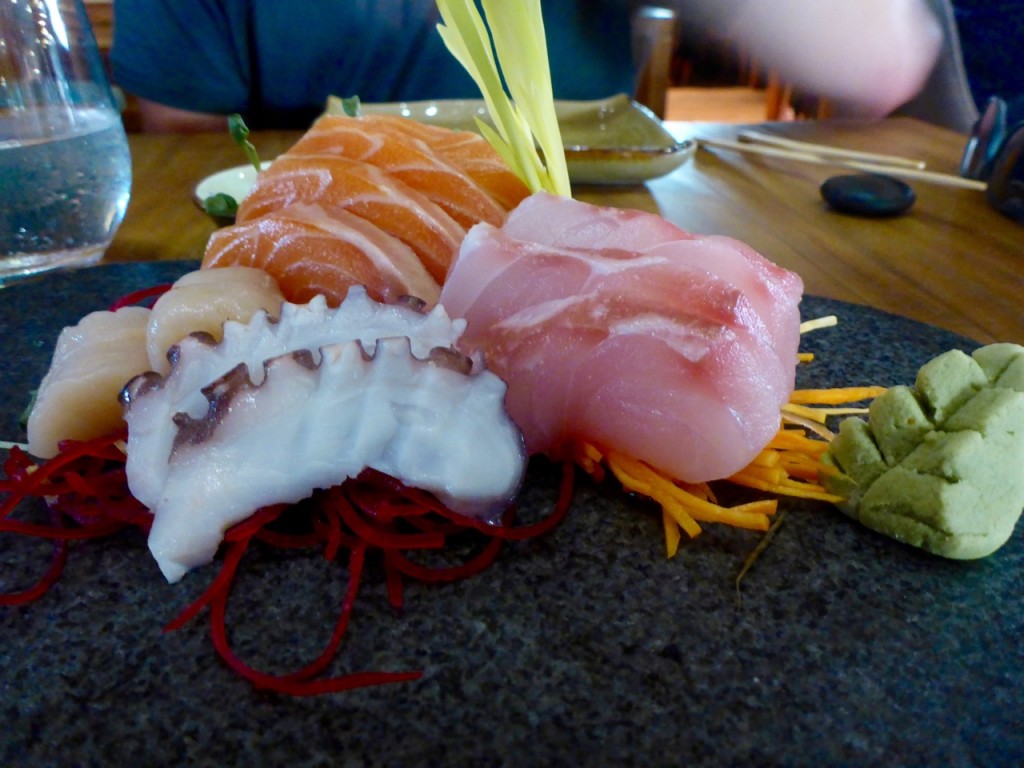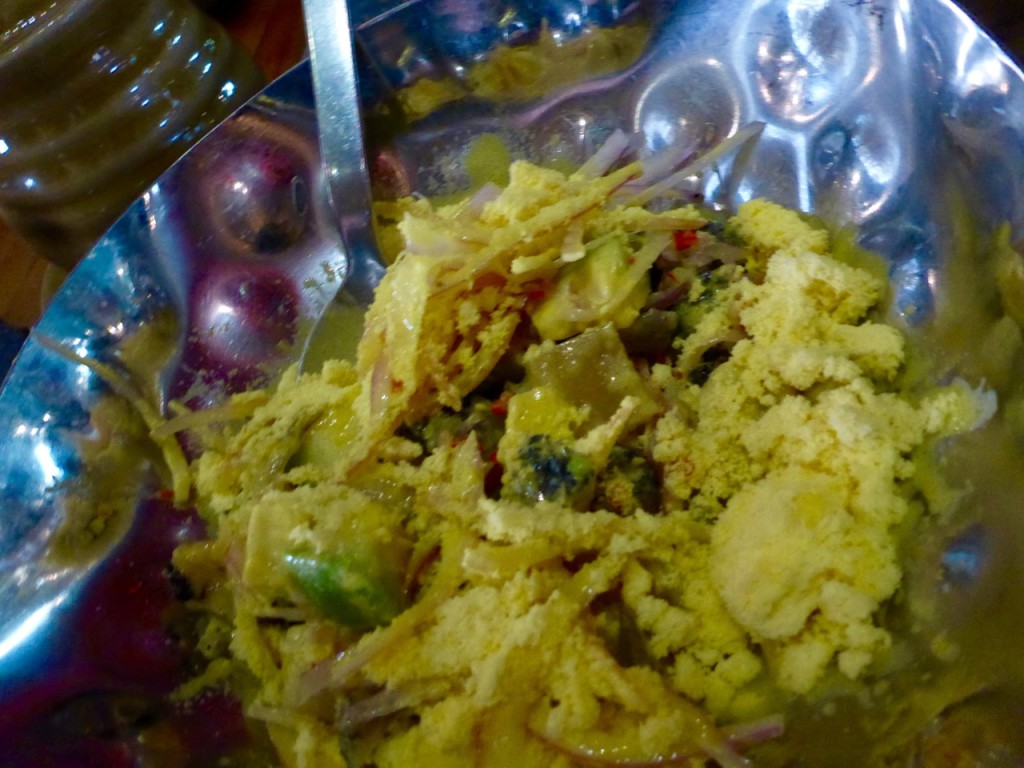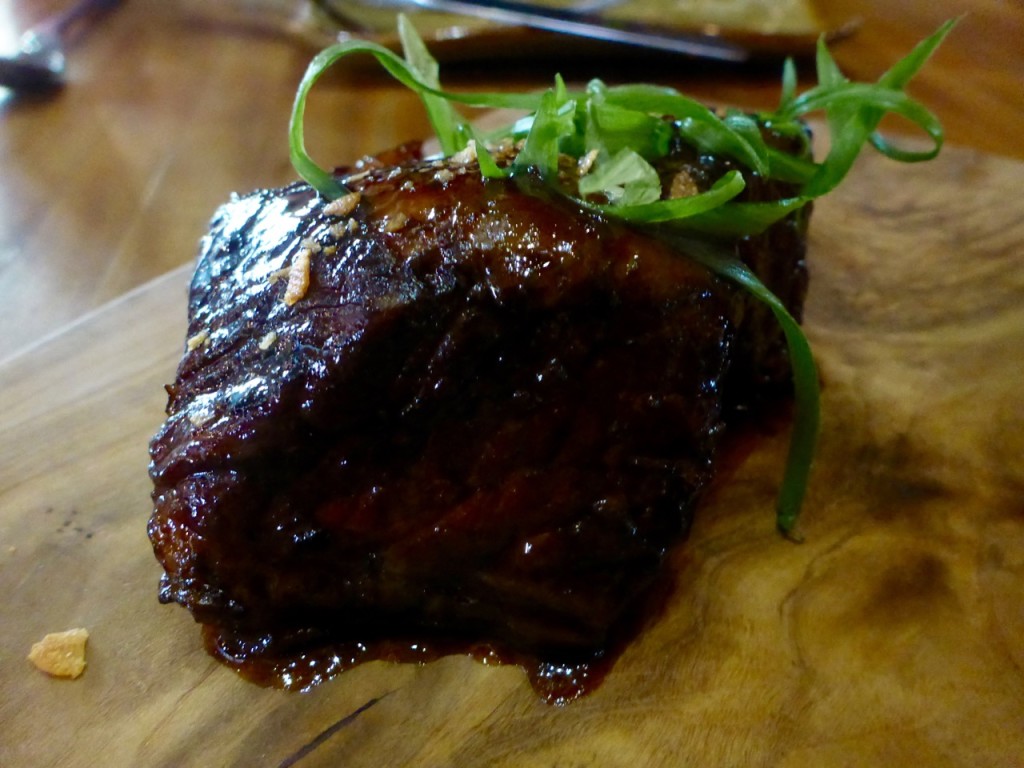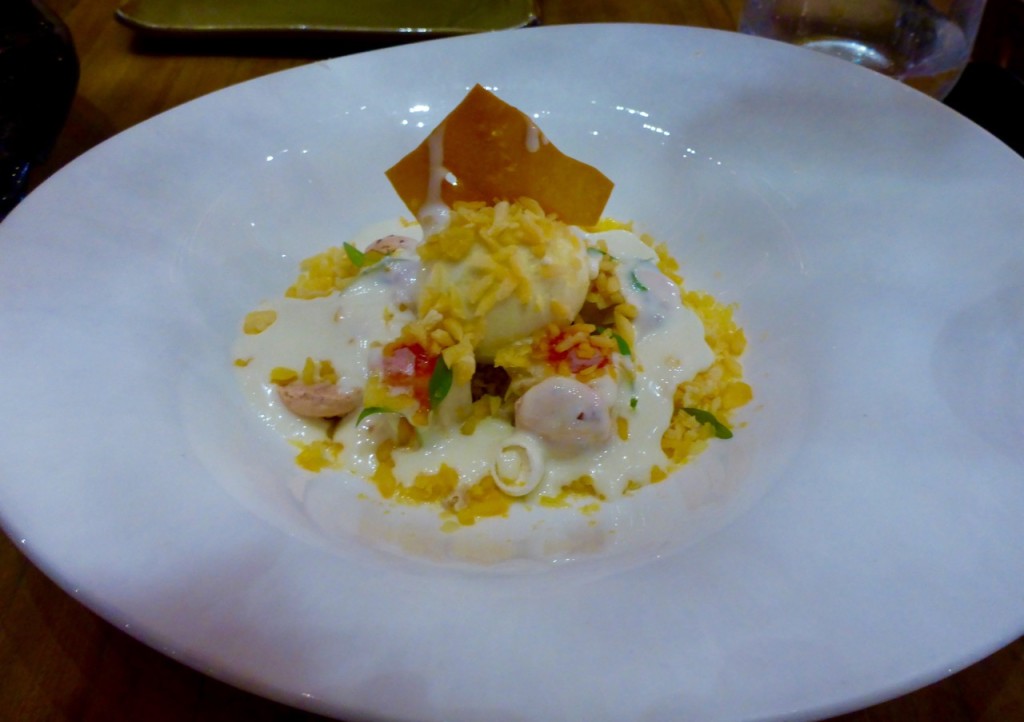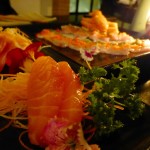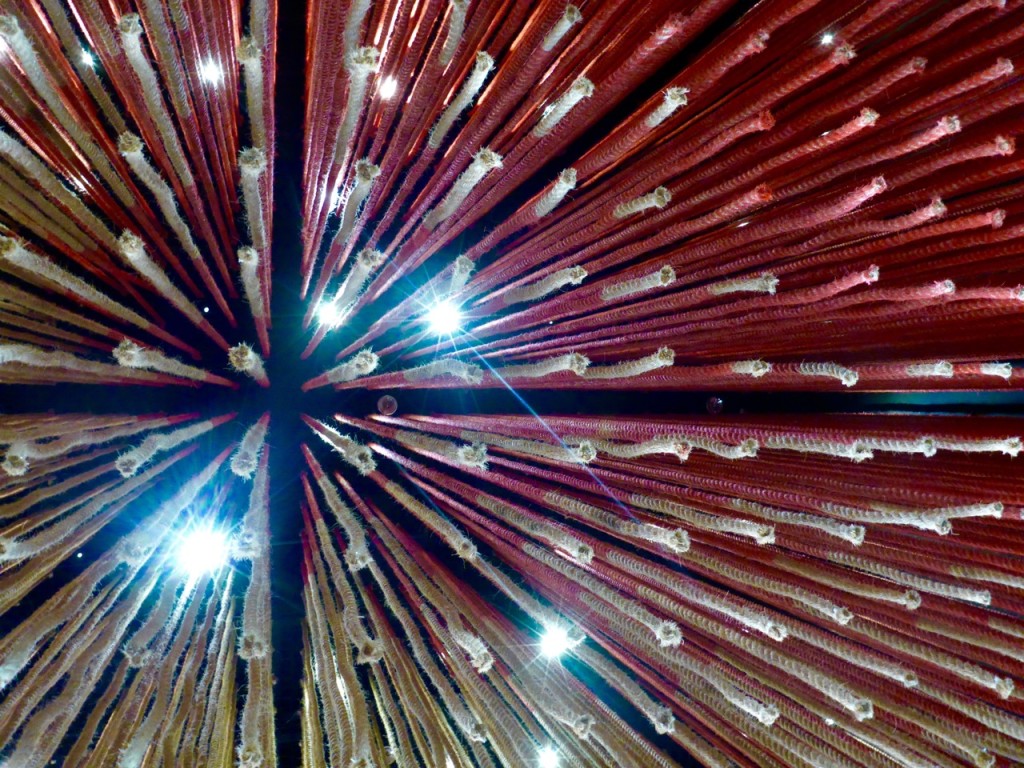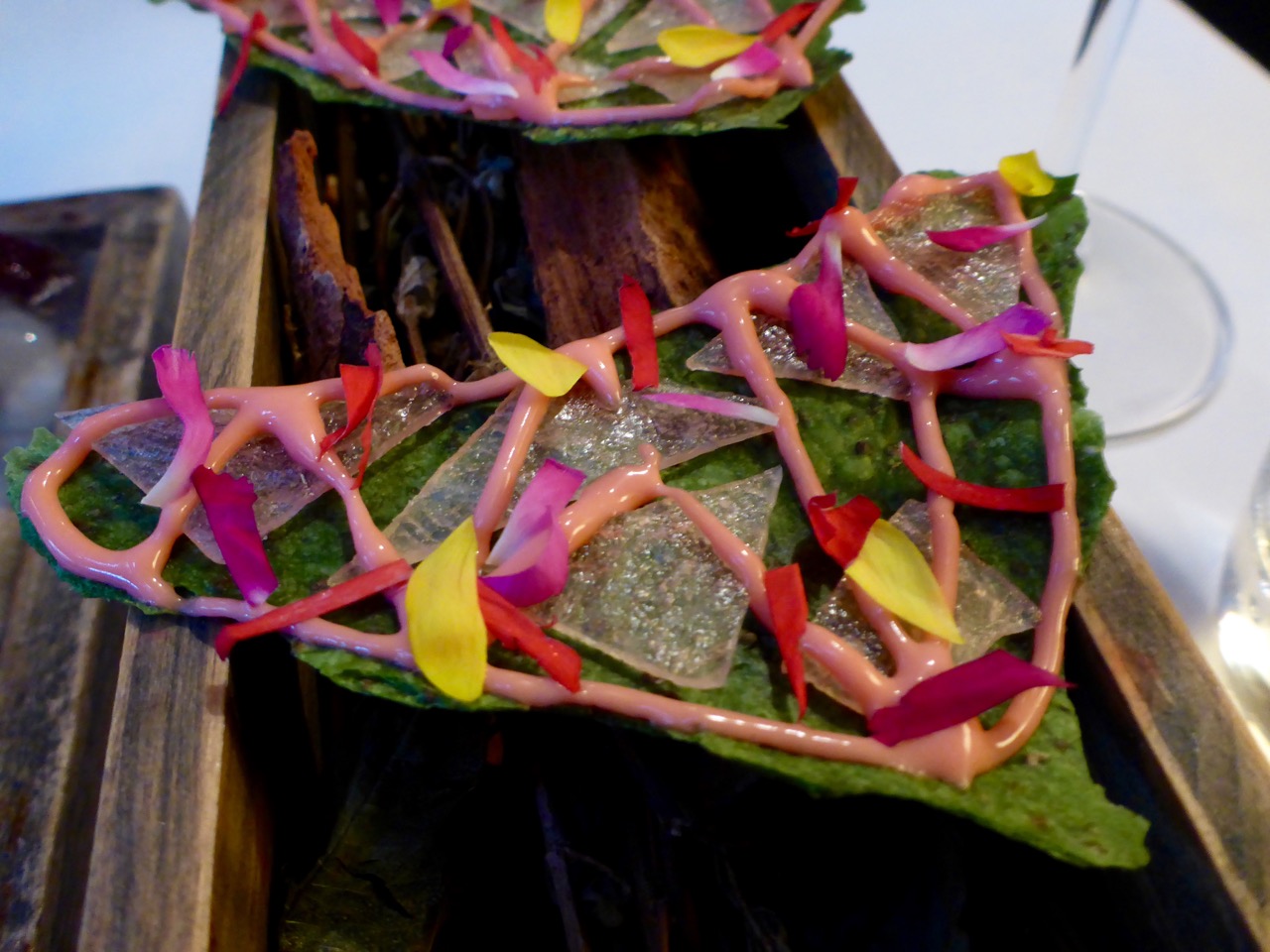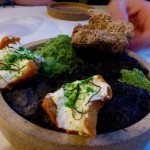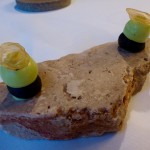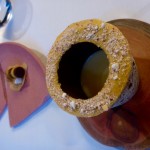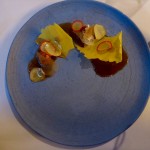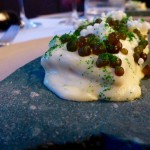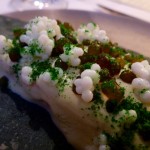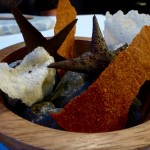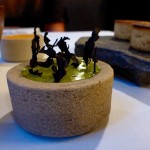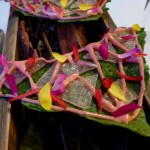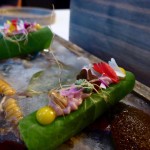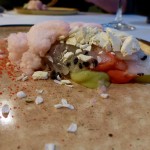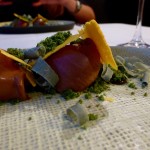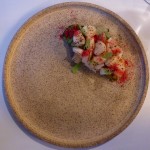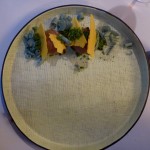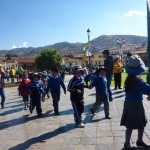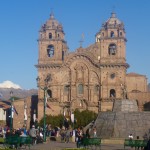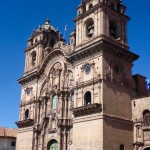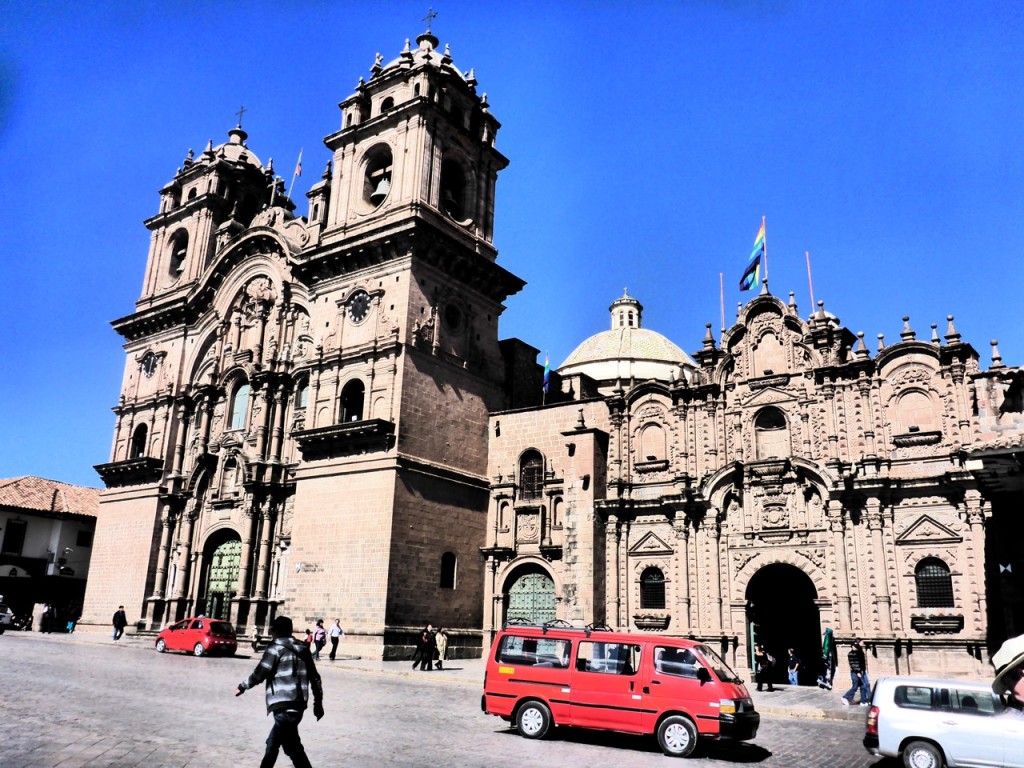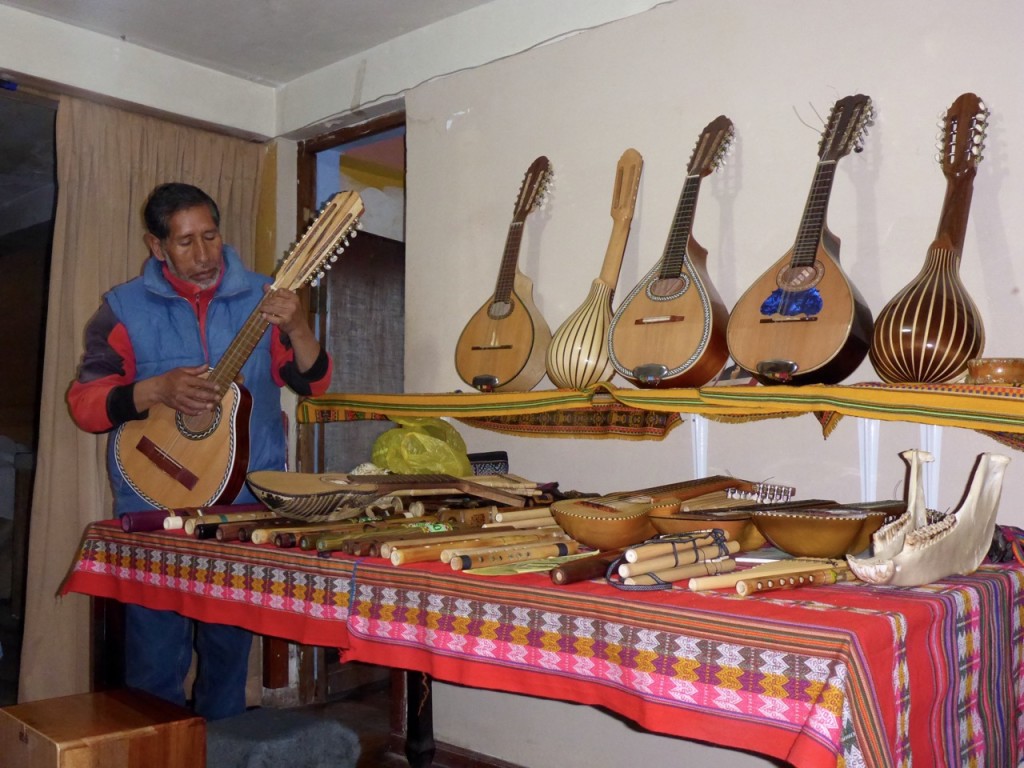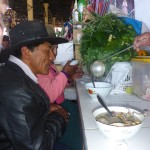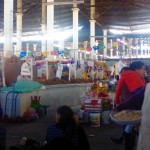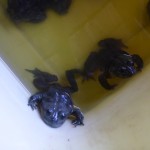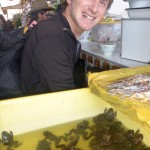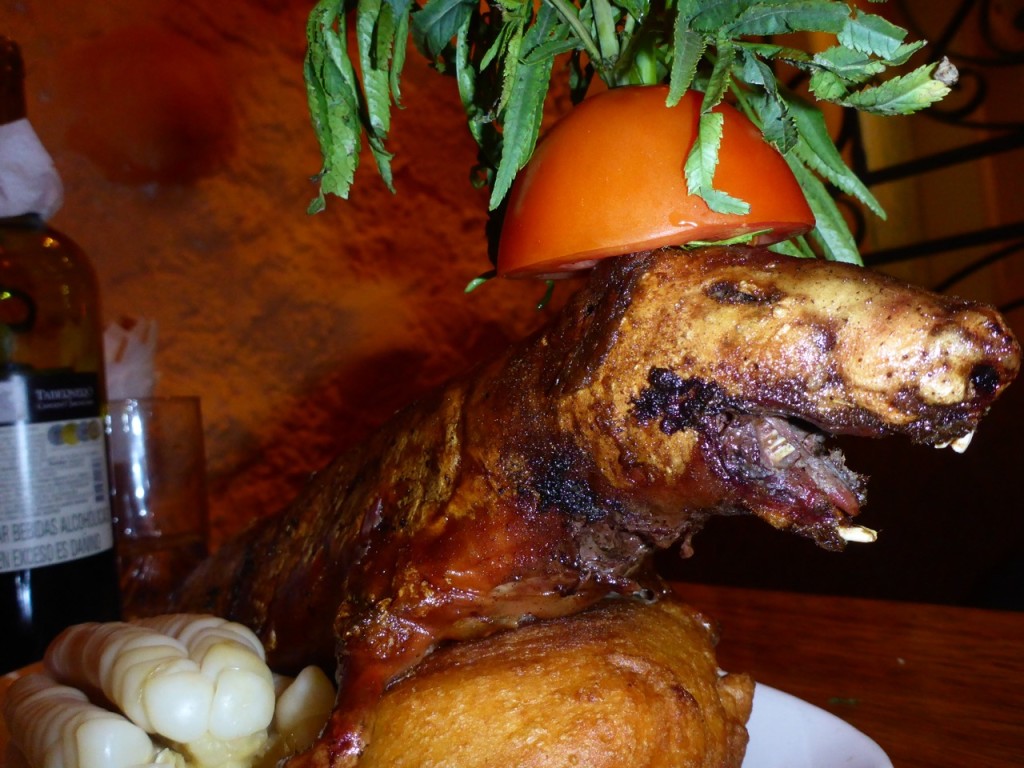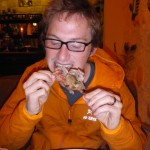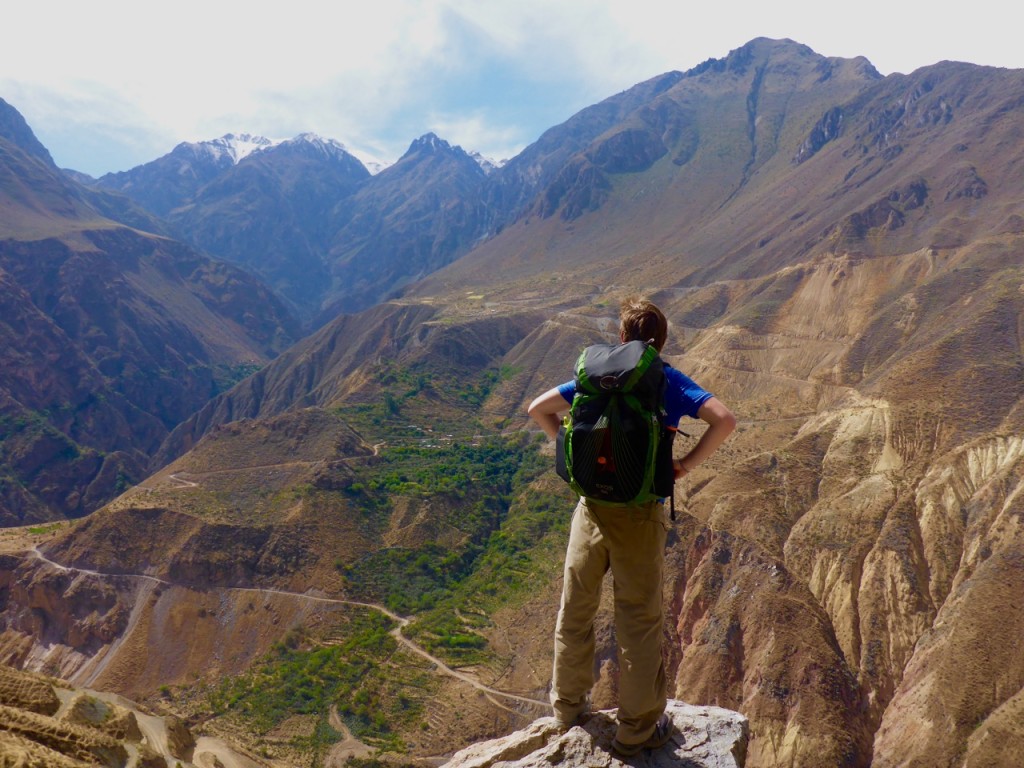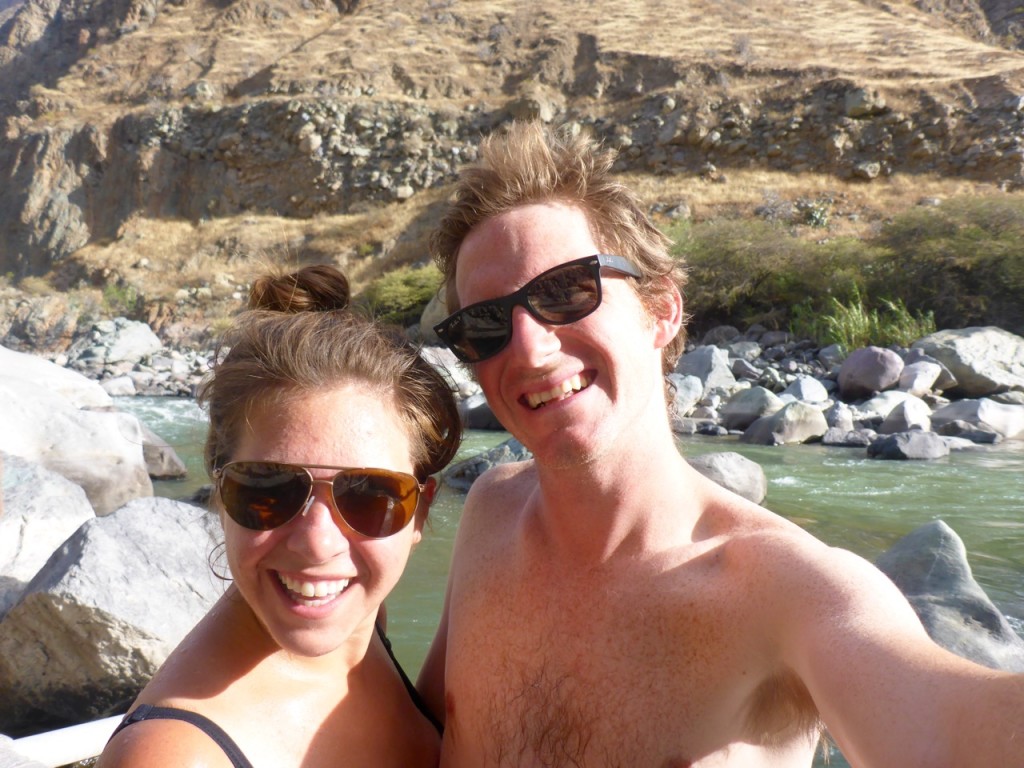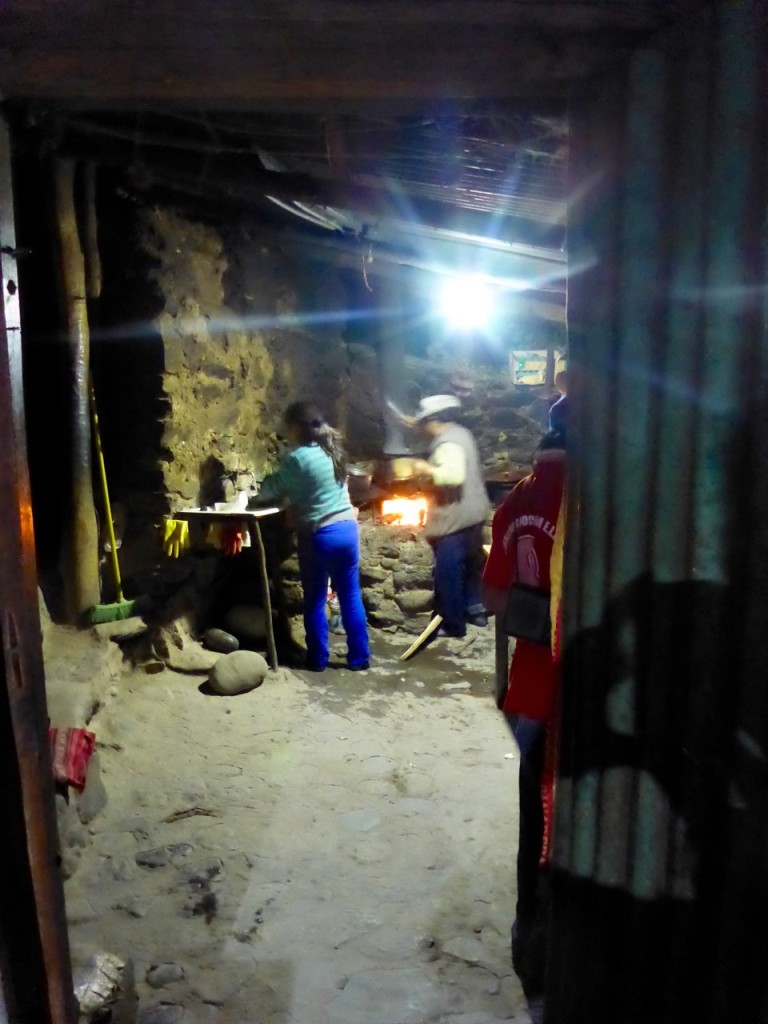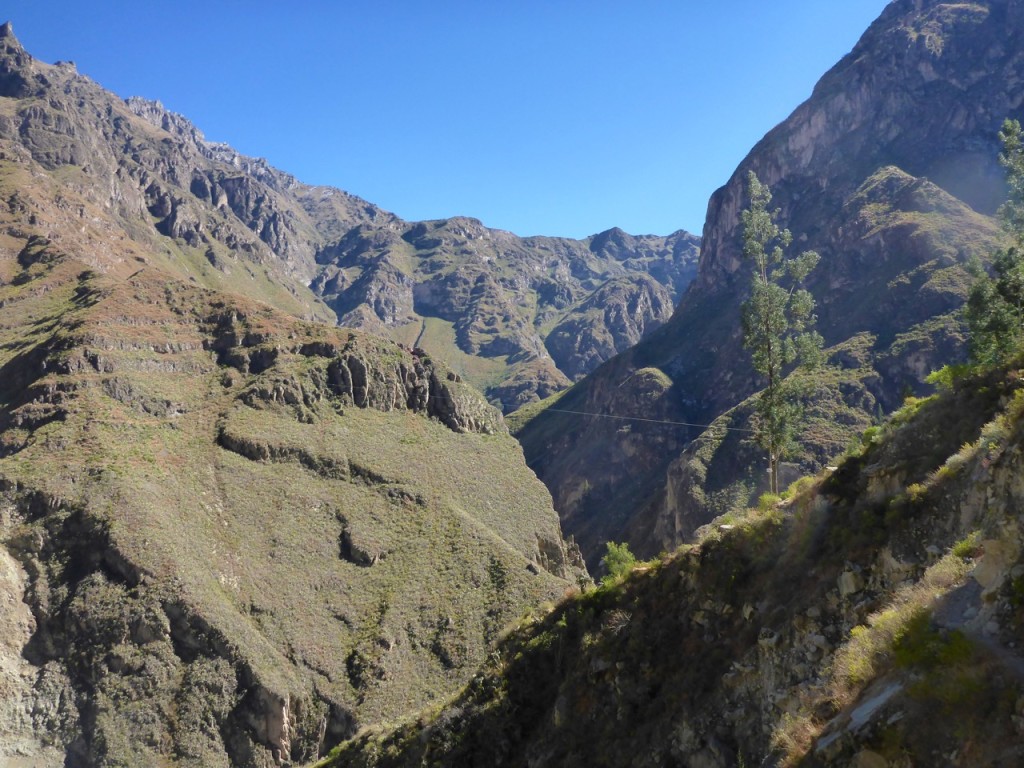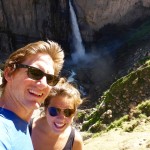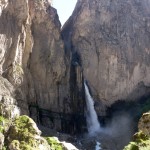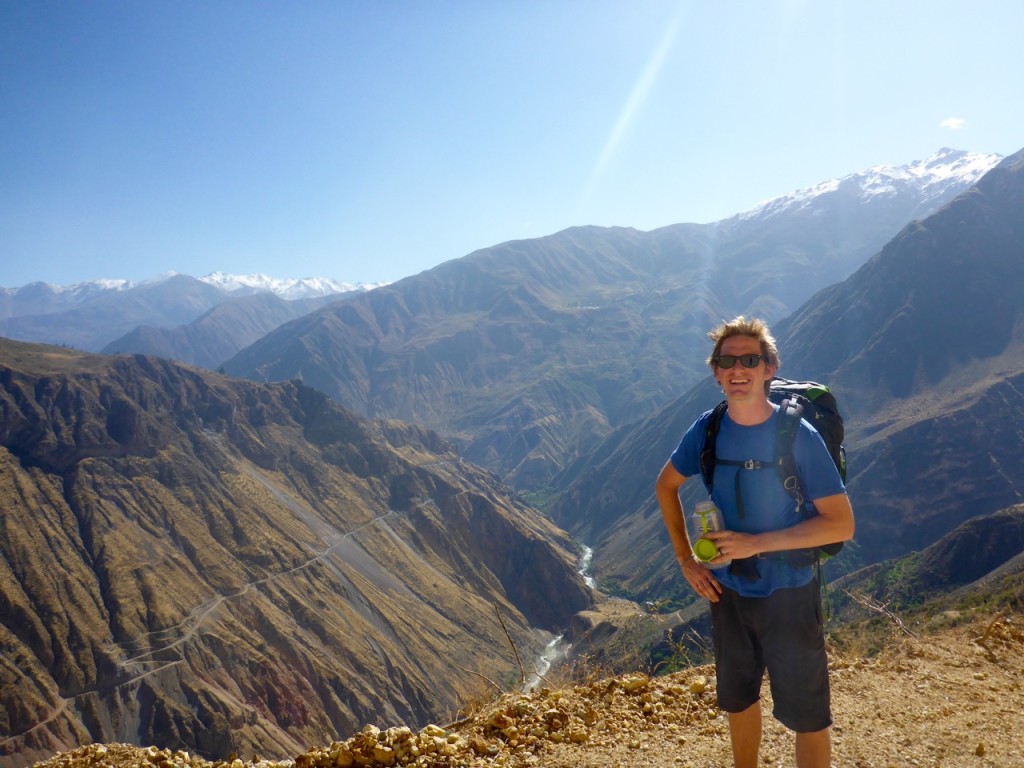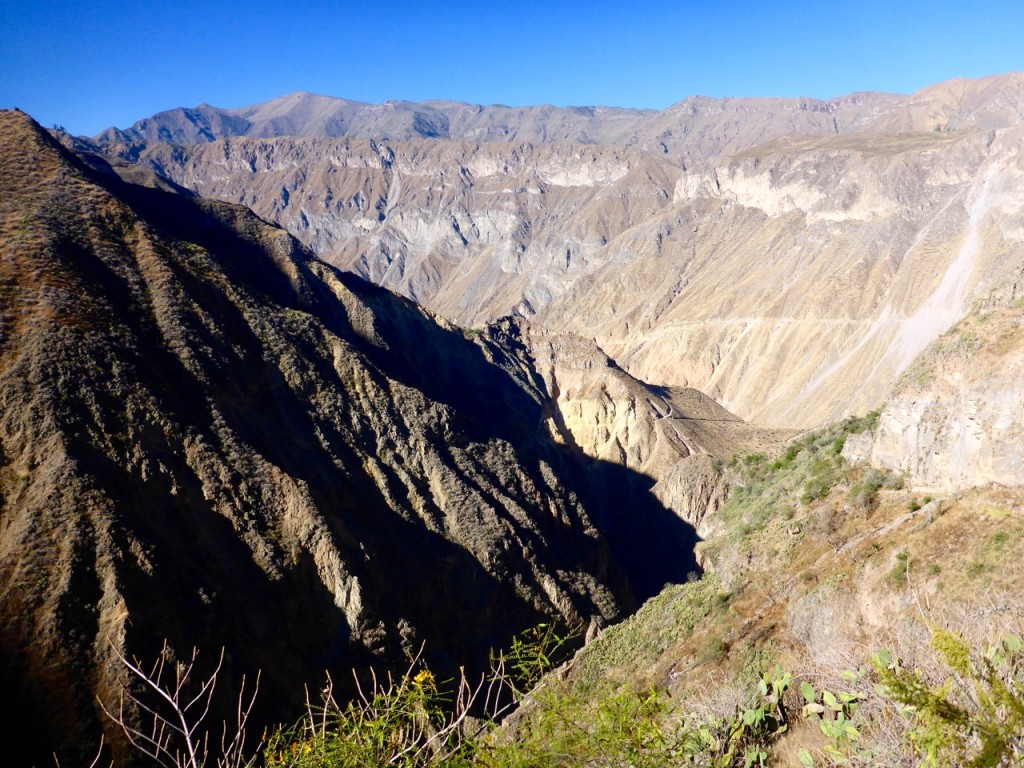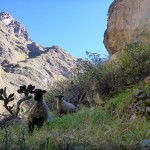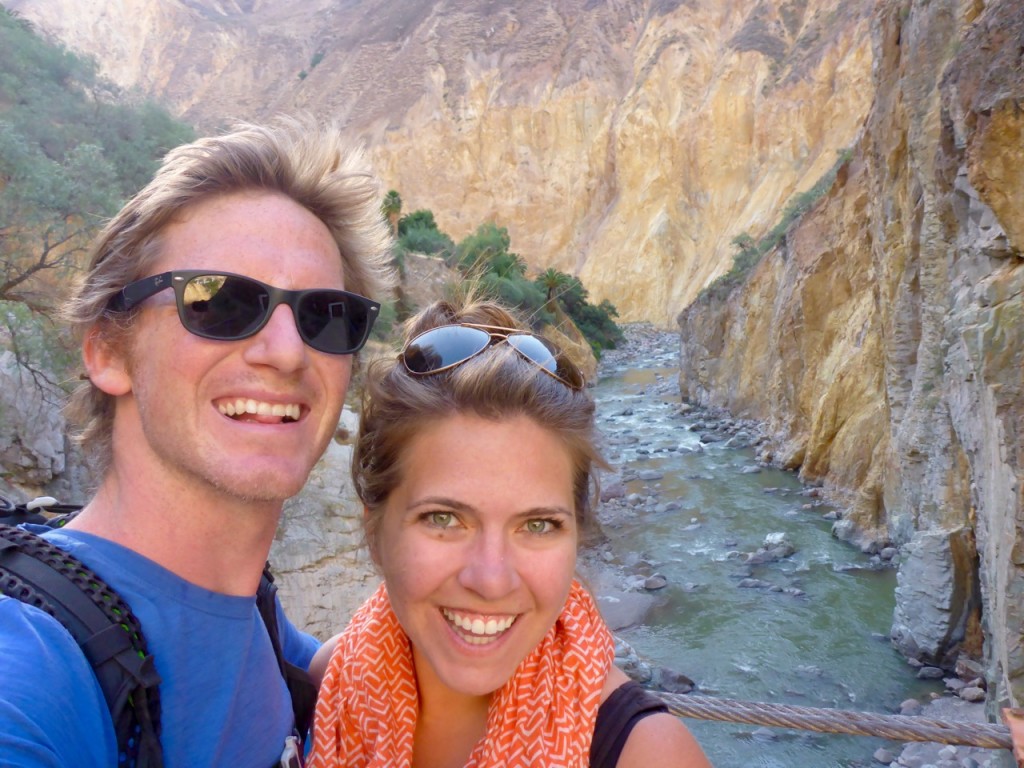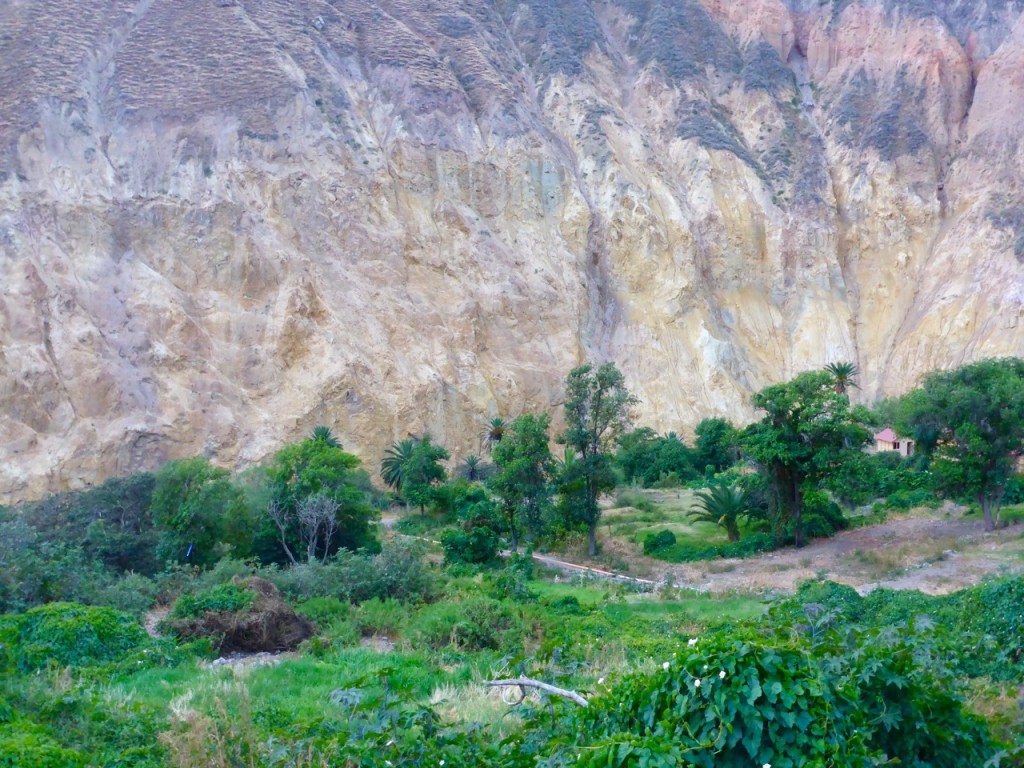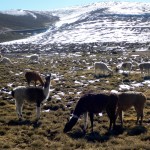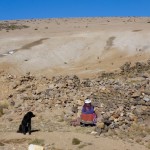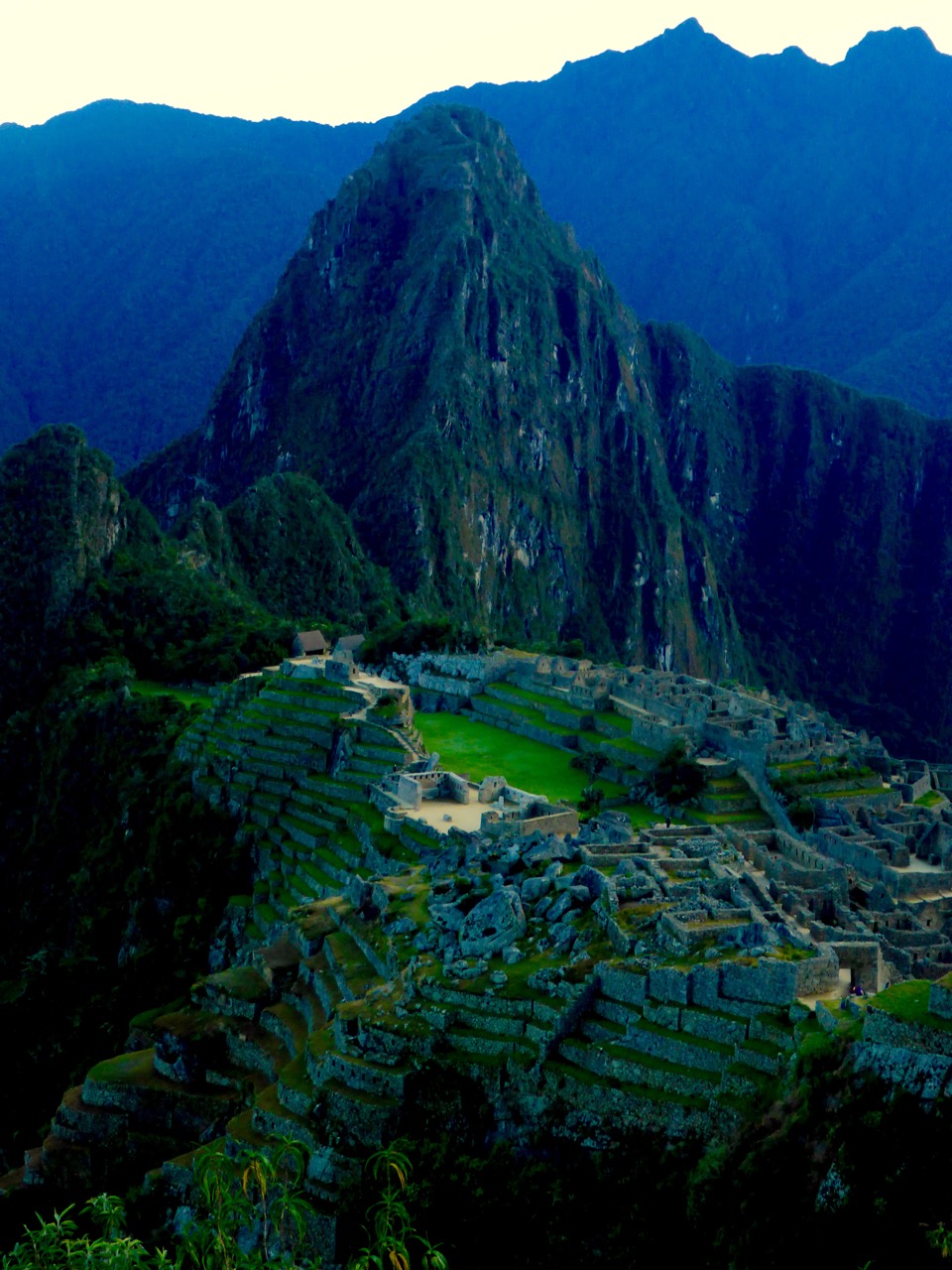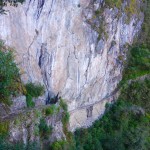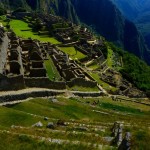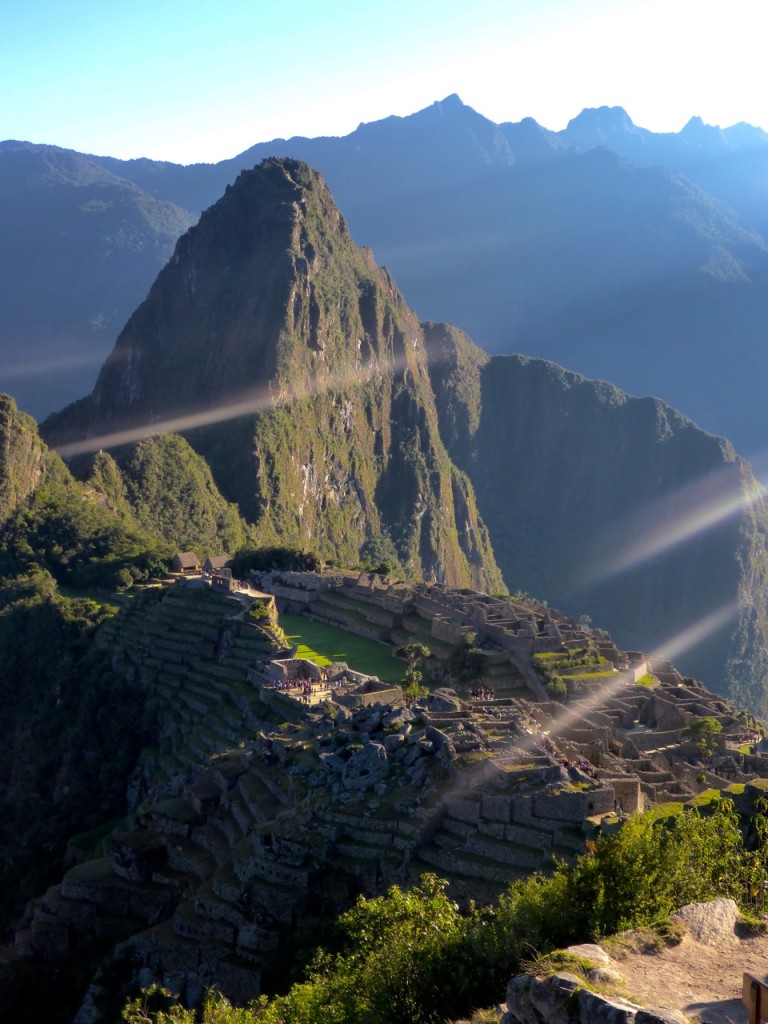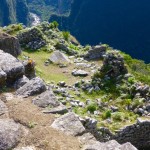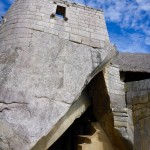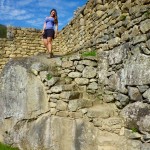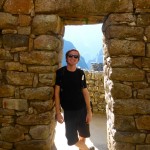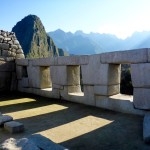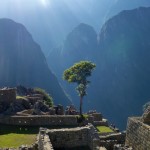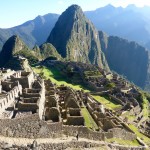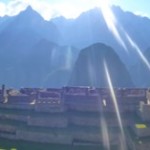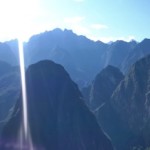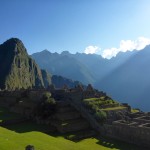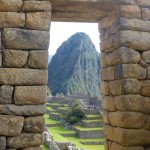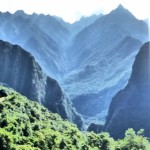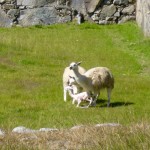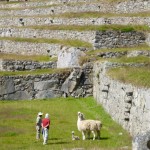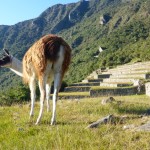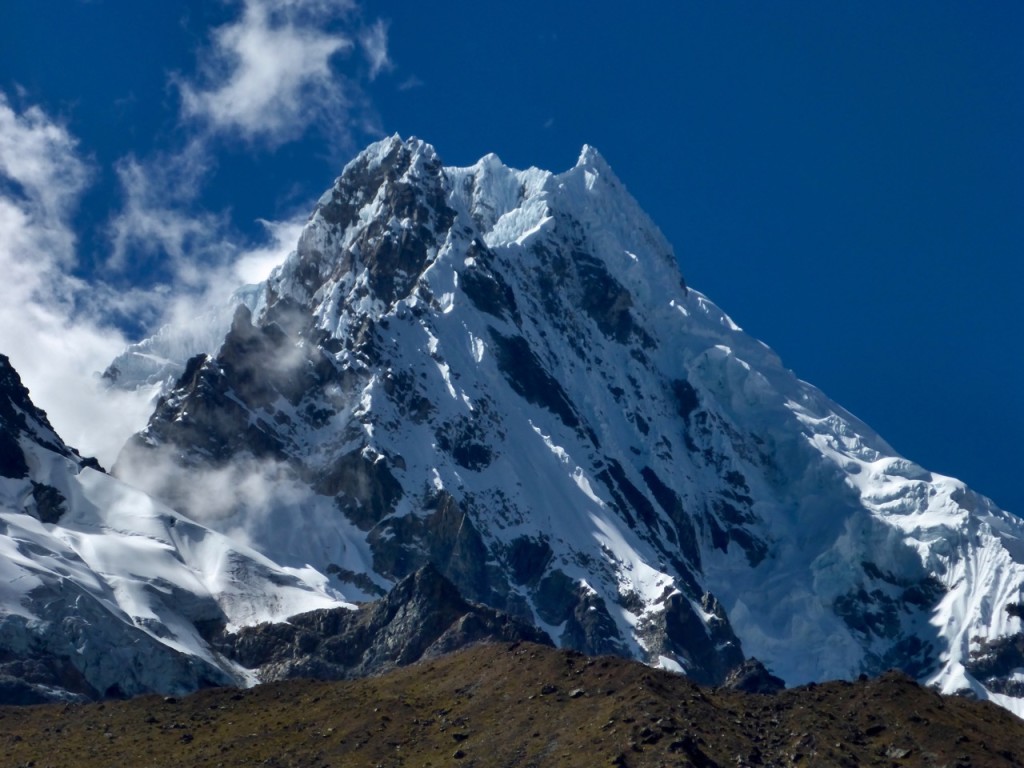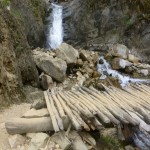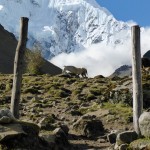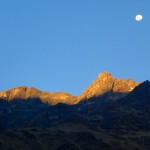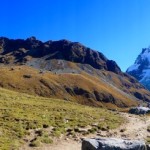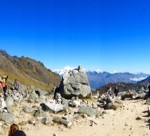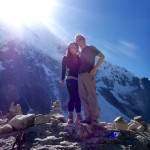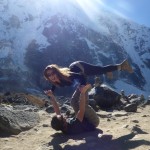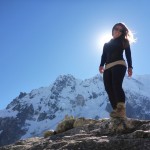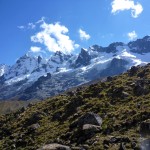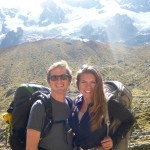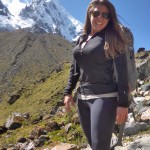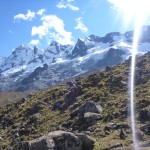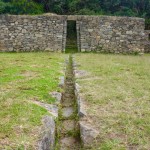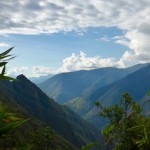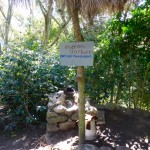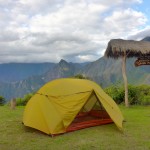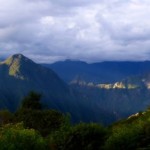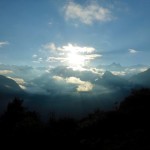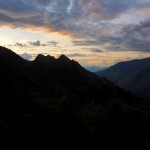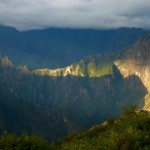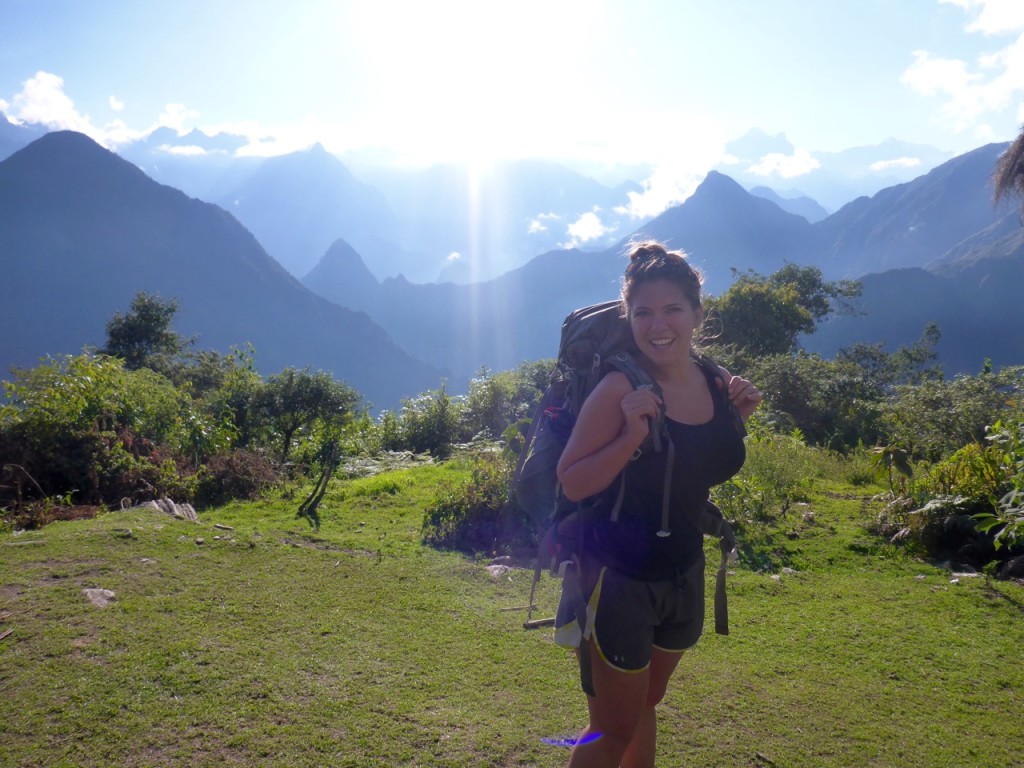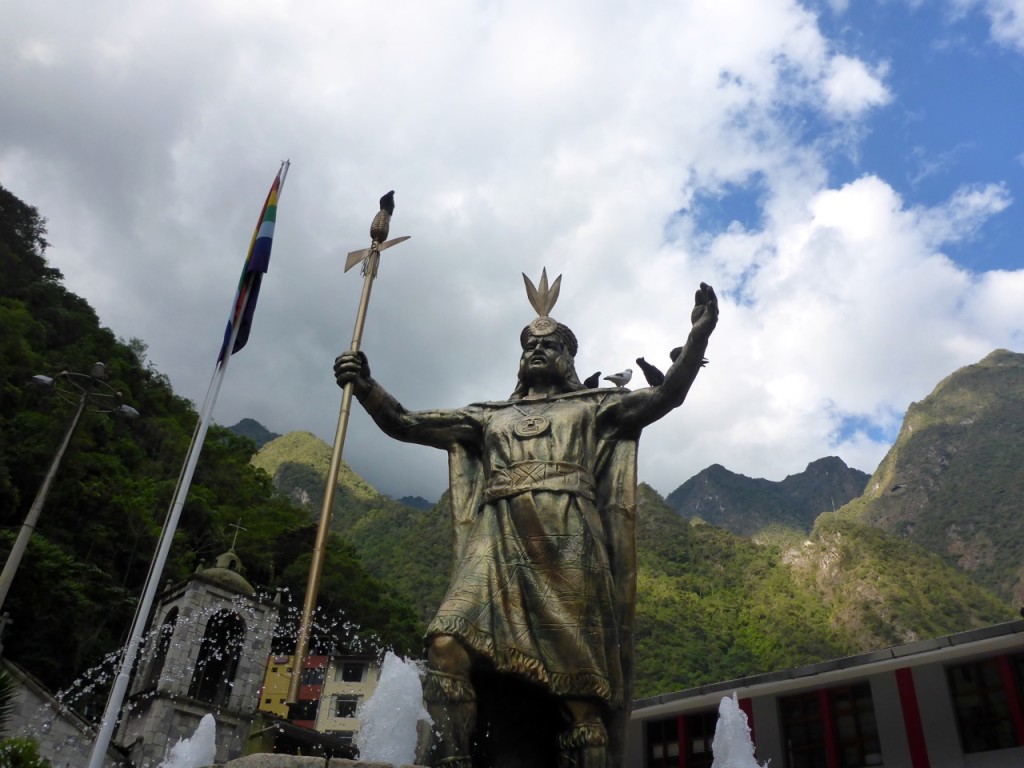I have to be honest, as a whole, South American food has not been my favorite. There have certainly been some amazing meals (I’m lookin at you, Boragó, my love!), but as a whole Argentina, Chile and Bolivia aren’t doing a lot with flavors or spices and have a special way of completely ignoring the existence of vegetables and fruits. (unless you love mayonnaise, white bread and sugar)
I’ve been looking forward to Peruvian food for the last few months – it has a reputation for some of the best food in the world – and Lima is a the capital of that! We basically planned our entire time in Lima around eating.
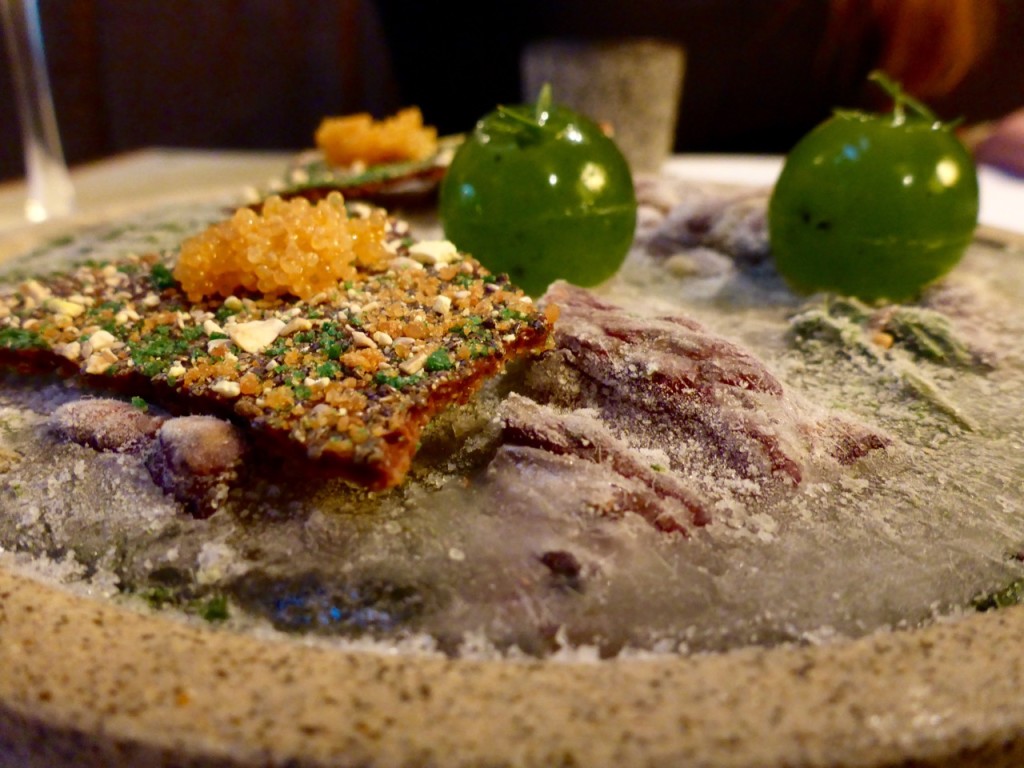
There’s this list of the “Top 50 Restaurants in the World” – it’s definitely the most widely known international list and has the best google ranking. Rick and I are very suspect of exactly how the rankings are calculated… we’ve been meaning to ask on the blog, do any of you chefs and foodies have a recommendation as to the best list of top international restaurants?
But for this trip to Lima, this list is what we’ve got to work with and so far the restaurants hadn’t disappointed. We went to Boragó in Santiago based on the recommendation of the list and it was incredible!
Lima has three restaurants on the list so of course we were going to try to go to all three… but of course we also didn’t have any reservations. Thanks to a gift card from some very generous friends and Rick’s Marriott points, we got to stay in the JW Marriott – which translates to a real shower and getting to look cleaned up – and asked the concierge to help us with reservations.
She looked at us like we were crazy and informed us that Central (#4 on the list) is booked through August, Astrid y Gaston takes reservations a month out and Maido is “very popular”. Still she tried calling them all and got the predictable answer, they were all full.
But we’re not so easily throw off the trail of amazing food!
So we got dressed up in our fanciest backpacker clothes and decided we would show up at opening time at the restaurant and see if there was a cancellation or a seat at the bar.
….Central – Night 1 – Arrived at 7:30. Were told it was a private event. Didn’t make it past the door.
…Maido – Night 1 – Arrrived at 8:00. Hostess laughed at us for trying to walk up. Escorted out the door.
…Astrid y Gaston – Night 1 – Called at 8:30. No cancellations.
We were not off to a good start… We decide the next day to try for lunch reservations and have the concierge make the calls again. No luck. So we decide to try showing up again.
This time we’re in luck and after waiting in the bar area for 30 minutes, Central has a table for us! We of course do the 17-course tasting menu with wine pairings.
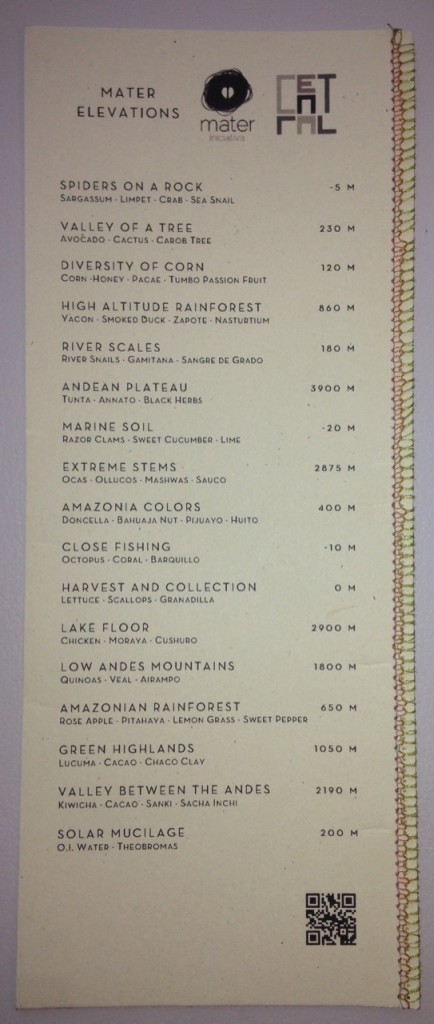
The highlight of meal for us was the plating – all of the dishes were small works of art, truly beautiful! Unfortunately, though, the flavors and execution did not deliver for the most part. There seemed to be a lot of supurlfous ingredients and techniques that really didn’t do anything for the food… it was just kinda there for the sake of being there and seeming fancy. For example, the “caviar” of bacteria from the altiplano that topped the chicken… no flavor, didn’t really add any texture, just there to say it was there.
The theme of the tasting menu reminded us a bit of Boragó, in that it was about ingredients from different parts of the country. Central did it by elevation, going from -20M below sea level (razor clams), all of the way to 3,900M above sealevel which include a three piece bread course with coca bread, high Andean herb butter, and uniquely shaped breads.
Our favorite dish of the menu was the razor clams. They completely stole the show! They were delicate, sweet, slightly salty and so fresh I swear some little sous chef had to run out and scuba dive for them when we walked in. They were paired with “sweet cucumber” which is more like a sweet-savory fruit. The picture doesn’t do the dish justice. This was our second time to have razor clams in Lima and they have quickly become one of my all time favorite seafoods!
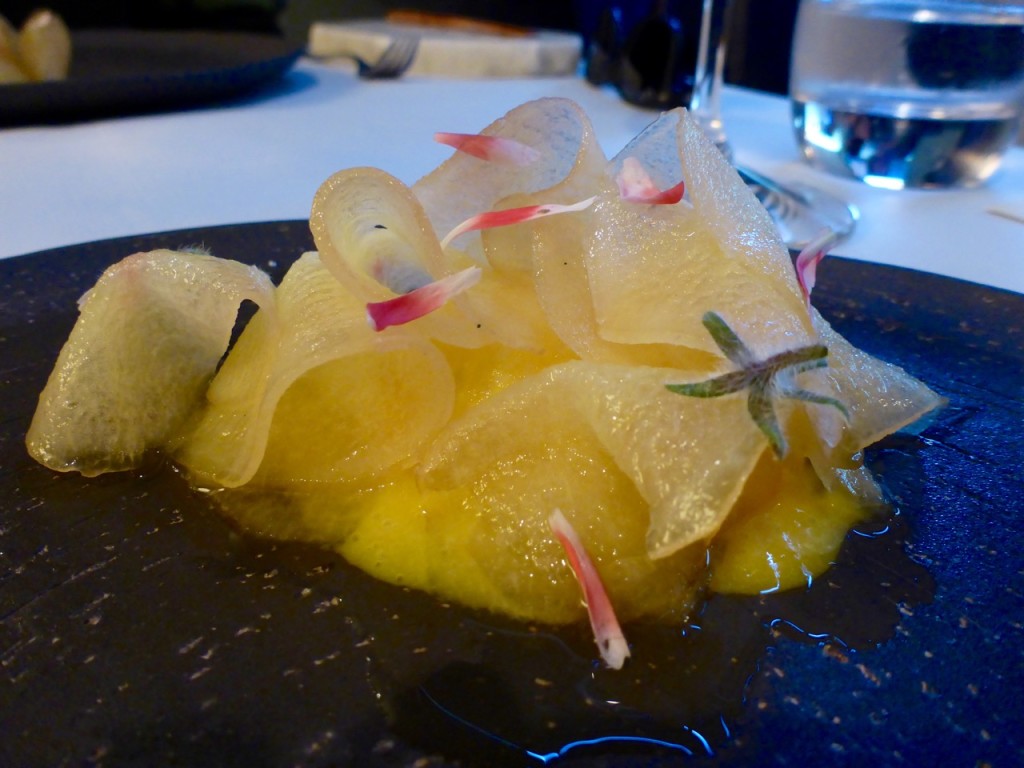
Another win was the octopus and coral (yes, coral!) dish. The coral is the cotton candy looking blue stuff… it had the texture of pork skins, but a nice light seawater-kissed flavor.
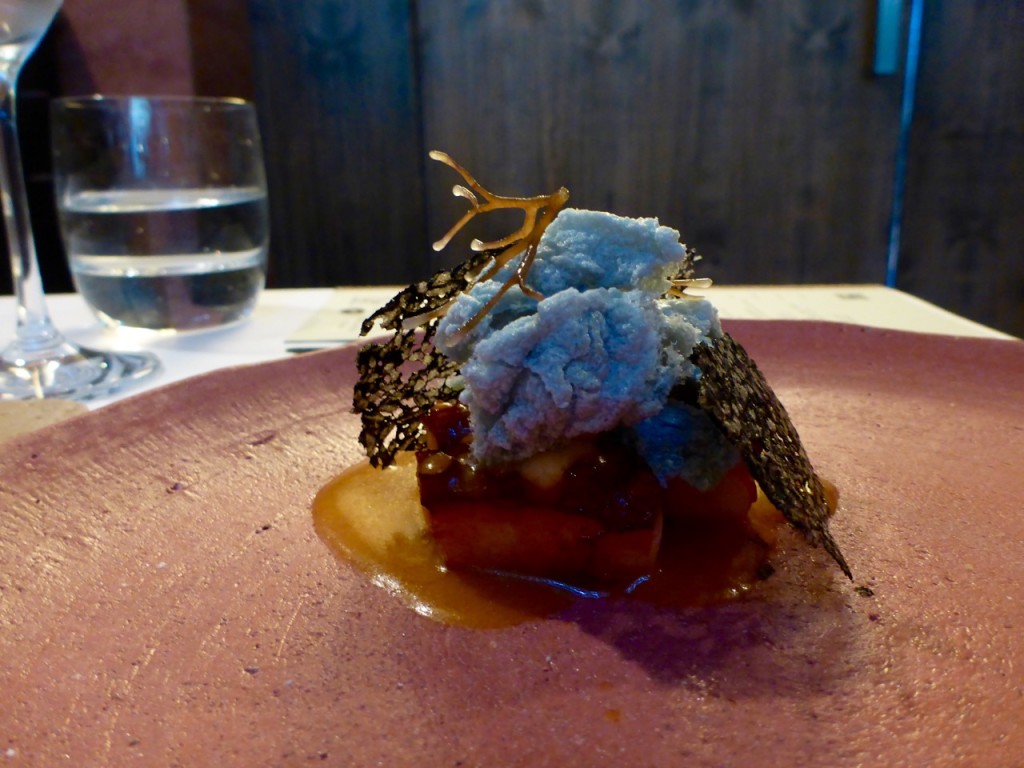
While the names of the dishes were clever for the menu theme, it came across like most dishes might have been a great concept in the beginning, but the ideator of the dish passed it off to someone else after the original concept… and that person was forced trying to shove what they could actually do and the ingredients they had into a pre-set description. We’ve all been on both sides of that… you have a great, grandiose idea for a project, then hand it off and the way it gets brought to life is just so much less than you expected…. Or on the other side, trying to bring to life this impossibly huge idea. In quite a few cases the primary ingredient which tied the dish to the theme and dish’s name, and was the highlight of the description, was no more than a smear of emulsion of that ingredient on top of the dish. For example, the “River Scales” dish with description “River Snails – Gamitana – Sangre de Grado” – there was a drizzle of emulsion of river snail on top. The same was true for the dish that said it had Smoked Duck in it. But, hey, they sure as heck were pretty!
I think the final blows were the veal dish and the potato dish. (here’s where I become the mean food critic, I guess). The veal dish was supposedly slowly cooked for long hours, with a traditional sauce on it. I expected ridiculously tender meat, and instead got rehydrated jerky – it was chewy. And the sauce was way too overpowering and sweet, like a cheap BBQ sauce. We couldn’t get ourselves to finish it. 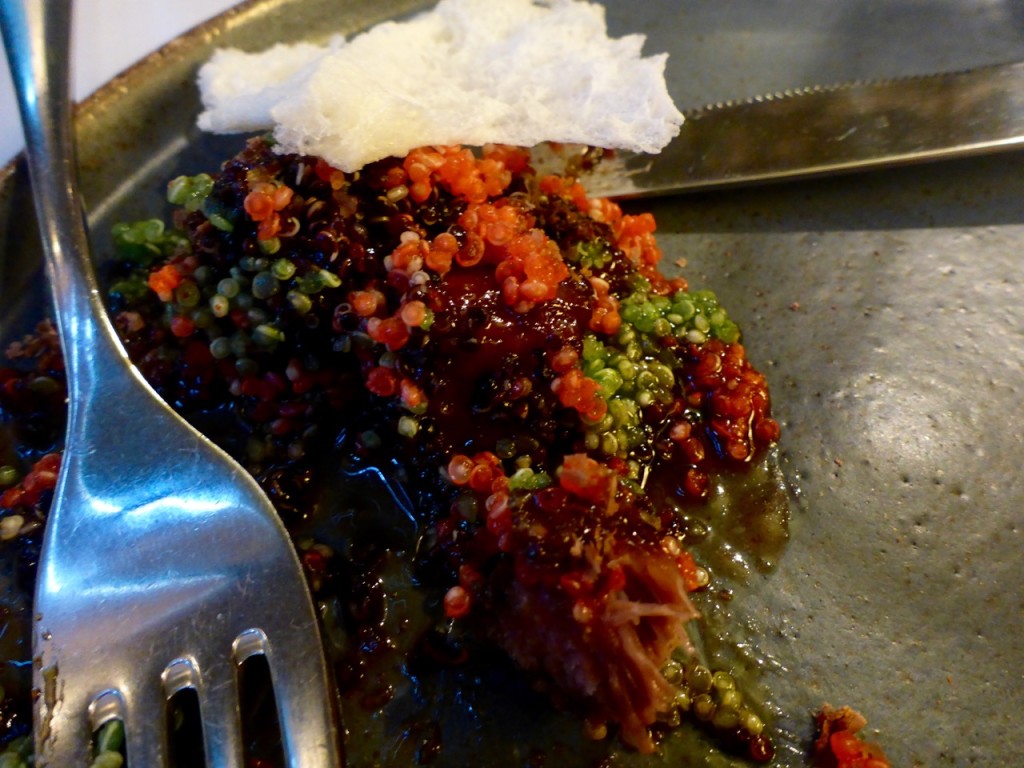 The potato dish was fairly mundane, until I took a bite of the onion garnish and was taken aback by how overpowering the onion flavor was – like sticking my tongue in a jar of onion powder. I said something to Rick about it, and he looked surprised and said, “Really? Mine has no flavor what so ever”. So we traded plates and sure enough, his had no flavor and mine was grossly onion-y. But again, pretty plating….
The potato dish was fairly mundane, until I took a bite of the onion garnish and was taken aback by how overpowering the onion flavor was – like sticking my tongue in a jar of onion powder. I said something to Rick about it, and he looked surprised and said, “Really? Mine has no flavor what so ever”. So we traded plates and sure enough, his had no flavor and mine was grossly onion-y. But again, pretty plating….
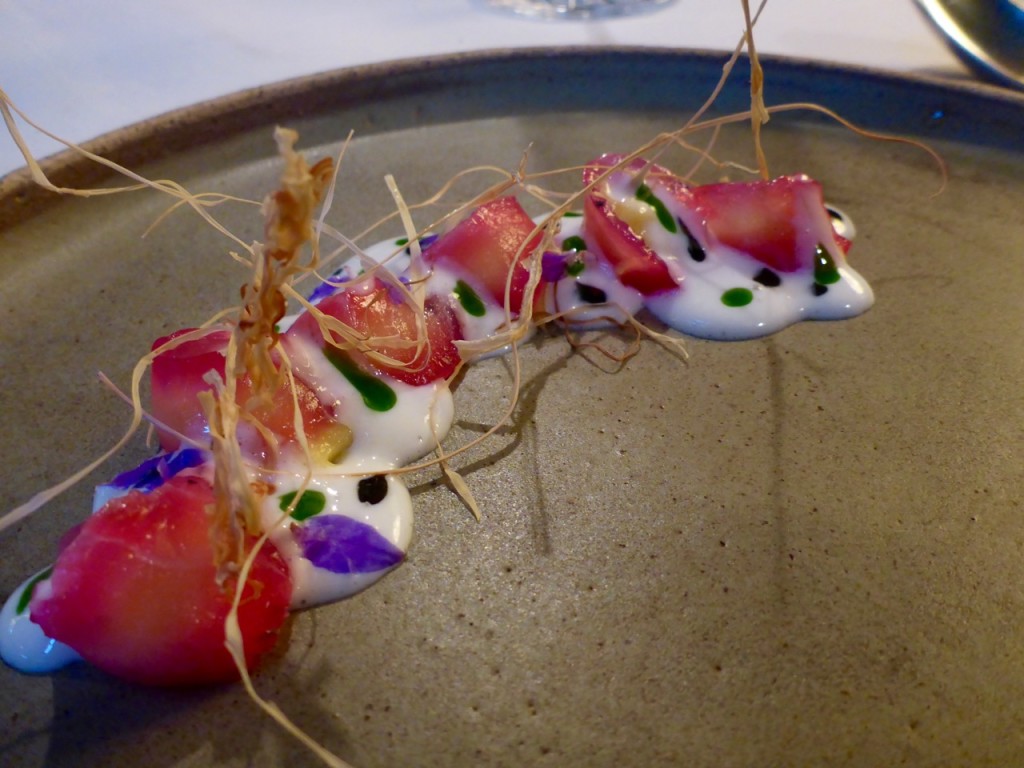 The wine pairings were pretty fantastic, when you got a wine pairing. There was a great Riesling that started it off – perfectly off-dry and well paired. And other Chardonnay that was quite good, along with a single red wine pairing that we really enjoyed. I was a bit disappointed that a few times the wine pairing was for multiple courses. One of the courses was paired with a cocktail that was less than exciting, and one was paired with a beer – not a particularly unique craft beer or anything, just a standard Peruvian beer.
The wine pairings were pretty fantastic, when you got a wine pairing. There was a great Riesling that started it off – perfectly off-dry and well paired. And other Chardonnay that was quite good, along with a single red wine pairing that we really enjoyed. I was a bit disappointed that a few times the wine pairing was for multiple courses. One of the courses was paired with a cocktail that was less than exciting, and one was paired with a beer – not a particularly unique craft beer or anything, just a standard Peruvian beer.
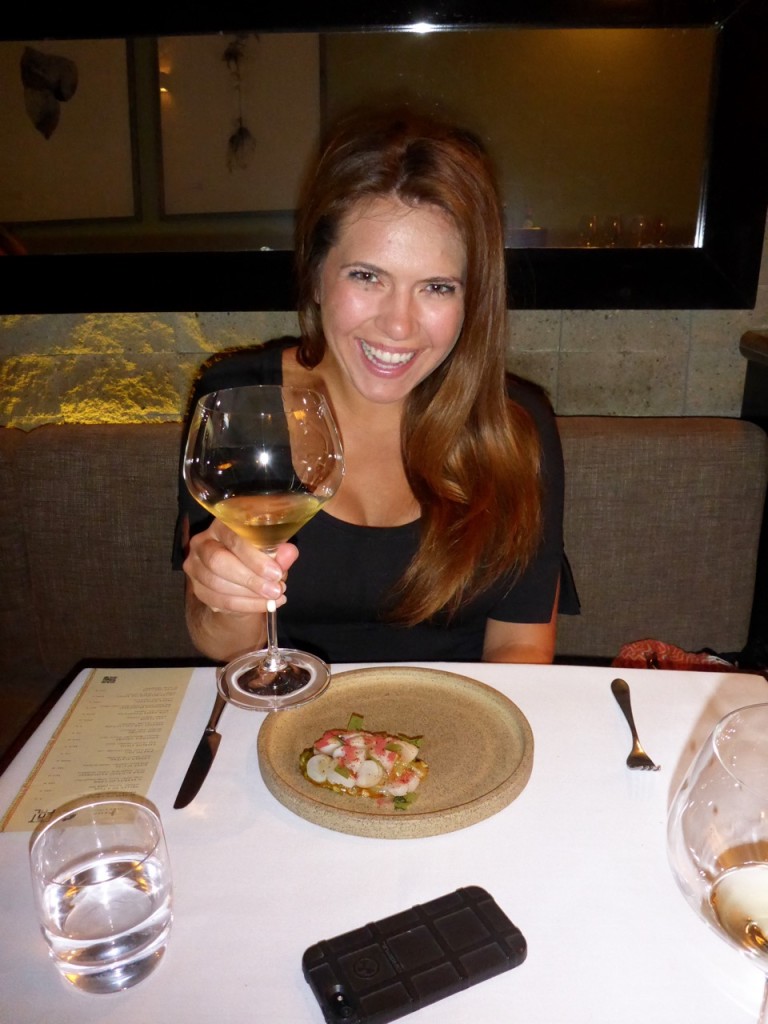
We did end on a good note with the Amazonian Rainforest dessert featuring Rose Apple and Lemongrass, and then the Cacoa icecream dish (but it featured Chaco Clay shavings… which was really just colored white chocolate, again just there for show).
Maybe it was it’s ranking as the #4 restaurant in the world that set up our high expectations, or the aloof nature of the staff, or just their reputation – but it didn’t quite live up the hype. Still we enjoyed our lunch and the experience.
…the next two restaurants on our culinary tour definitely did not disappoint…
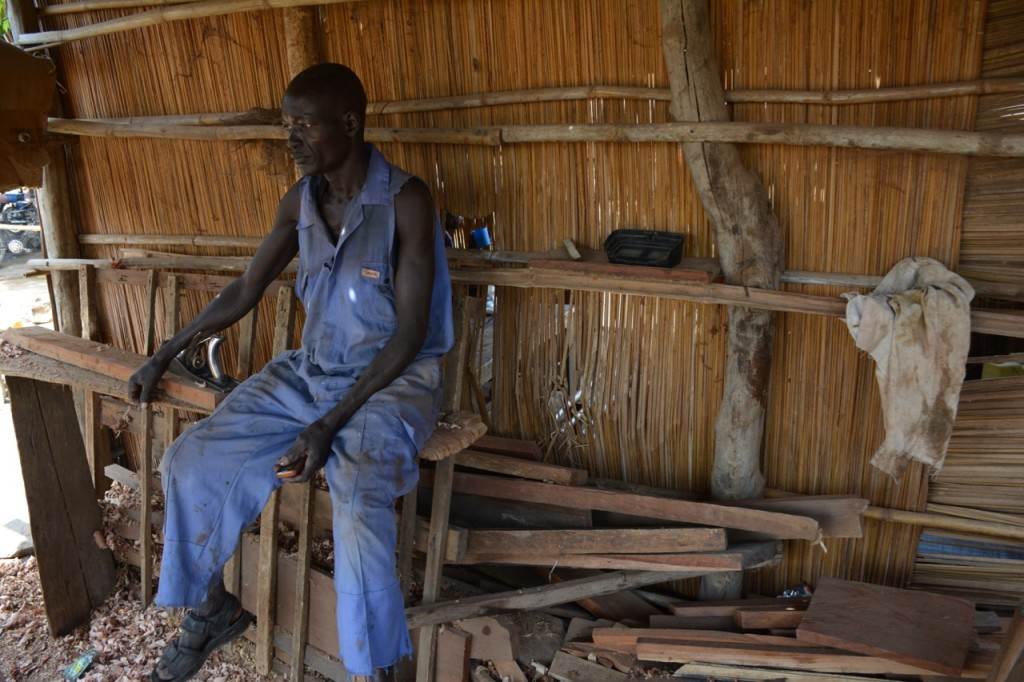 That’s what faith is about. I can hear Kenny talk about his carpentry shop and how he wants to invest in more timber so he can build for more people in the community, and while his life doesn’t look much different yet… than it did a month ago before the loan, I hear the hope in his voice. And I know it will be different because God is working in his life through Seed Effect sharing the word of God with him, through my prayers for him. We are all unfinished, but God who began the good work in us will bring it to completion.
That’s what faith is about. I can hear Kenny talk about his carpentry shop and how he wants to invest in more timber so he can build for more people in the community, and while his life doesn’t look much different yet… than it did a month ago before the loan, I hear the hope in his voice. And I know it will be different because God is working in his life through Seed Effect sharing the word of God with him, through my prayers for him. We are all unfinished, but God who began the good work in us will bring it to completion.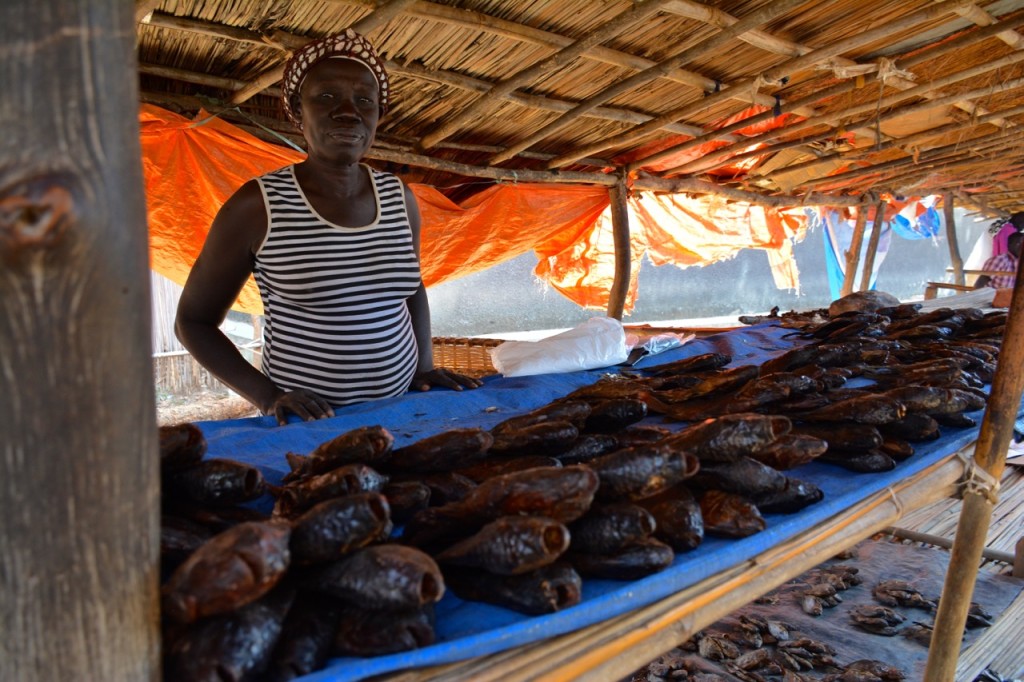 The words of one of my favorite worship songs echo in my head as I reflect on today, “You’re not finished with me yet! You’re not finished with me yet! By your power, I can change, I can change, because you’re not finished with me yet!”
The words of one of my favorite worship songs echo in my head as I reflect on today, “You’re not finished with me yet! You’re not finished with me yet! By your power, I can change, I can change, because you’re not finished with me yet!”
